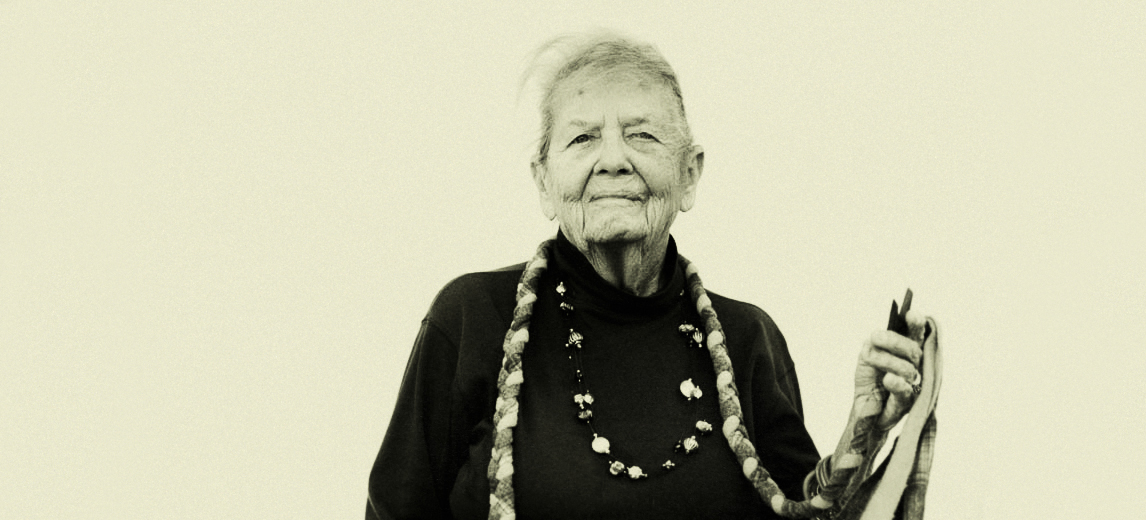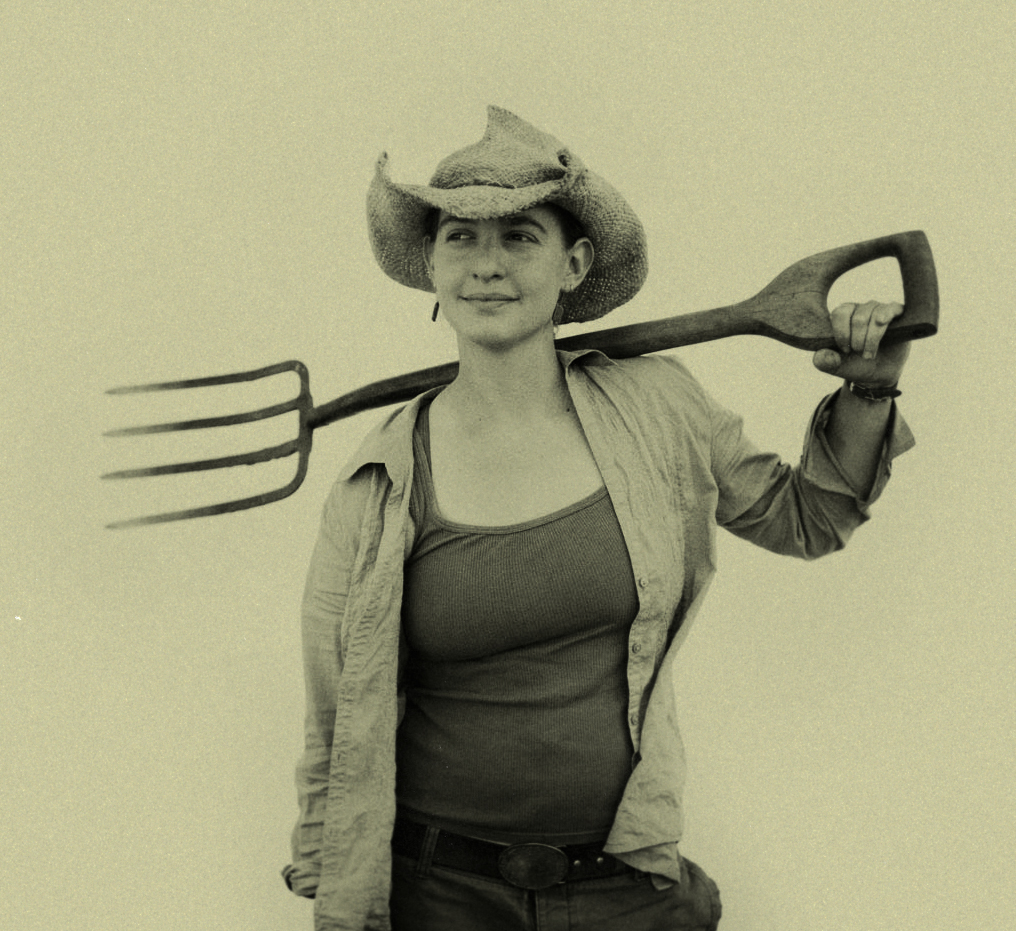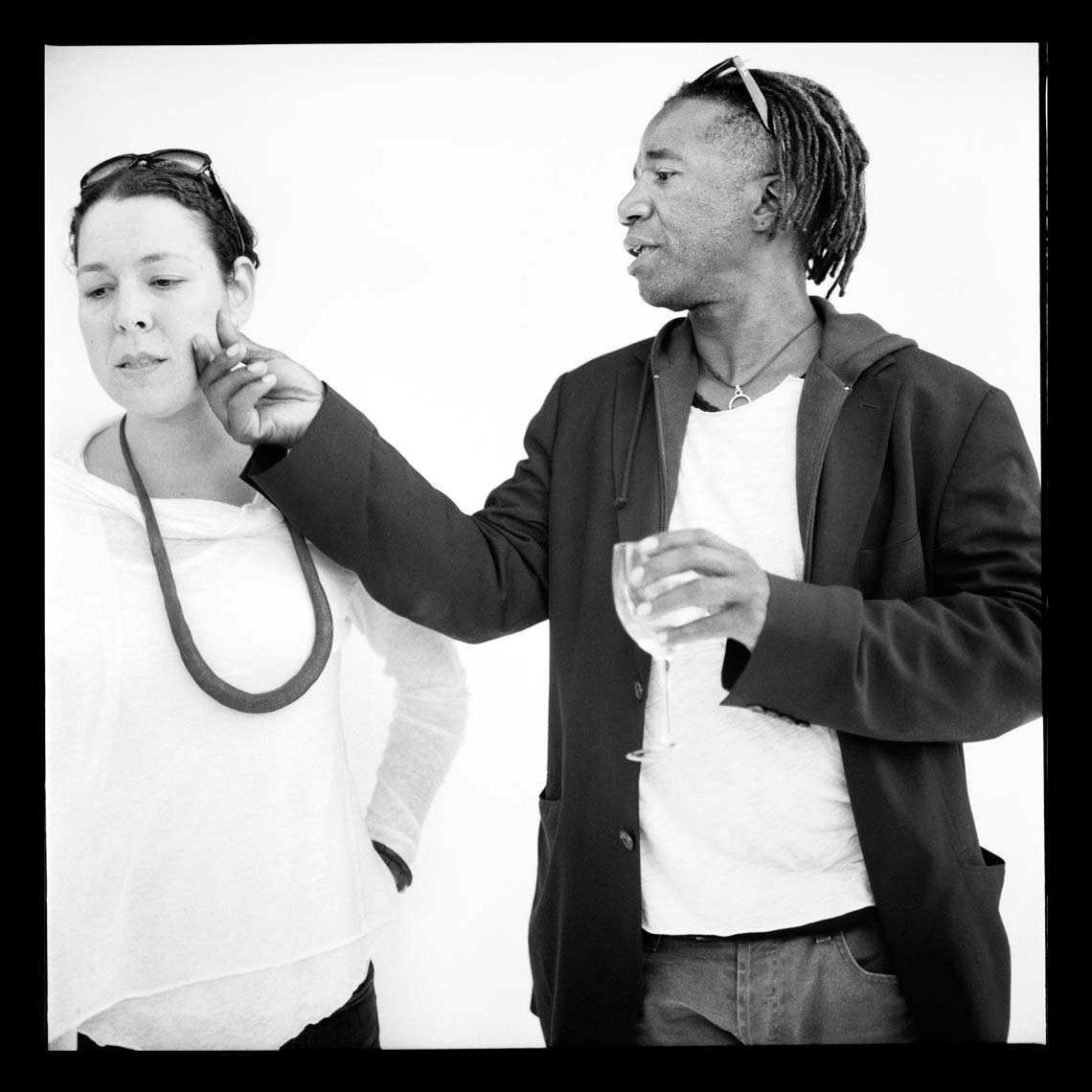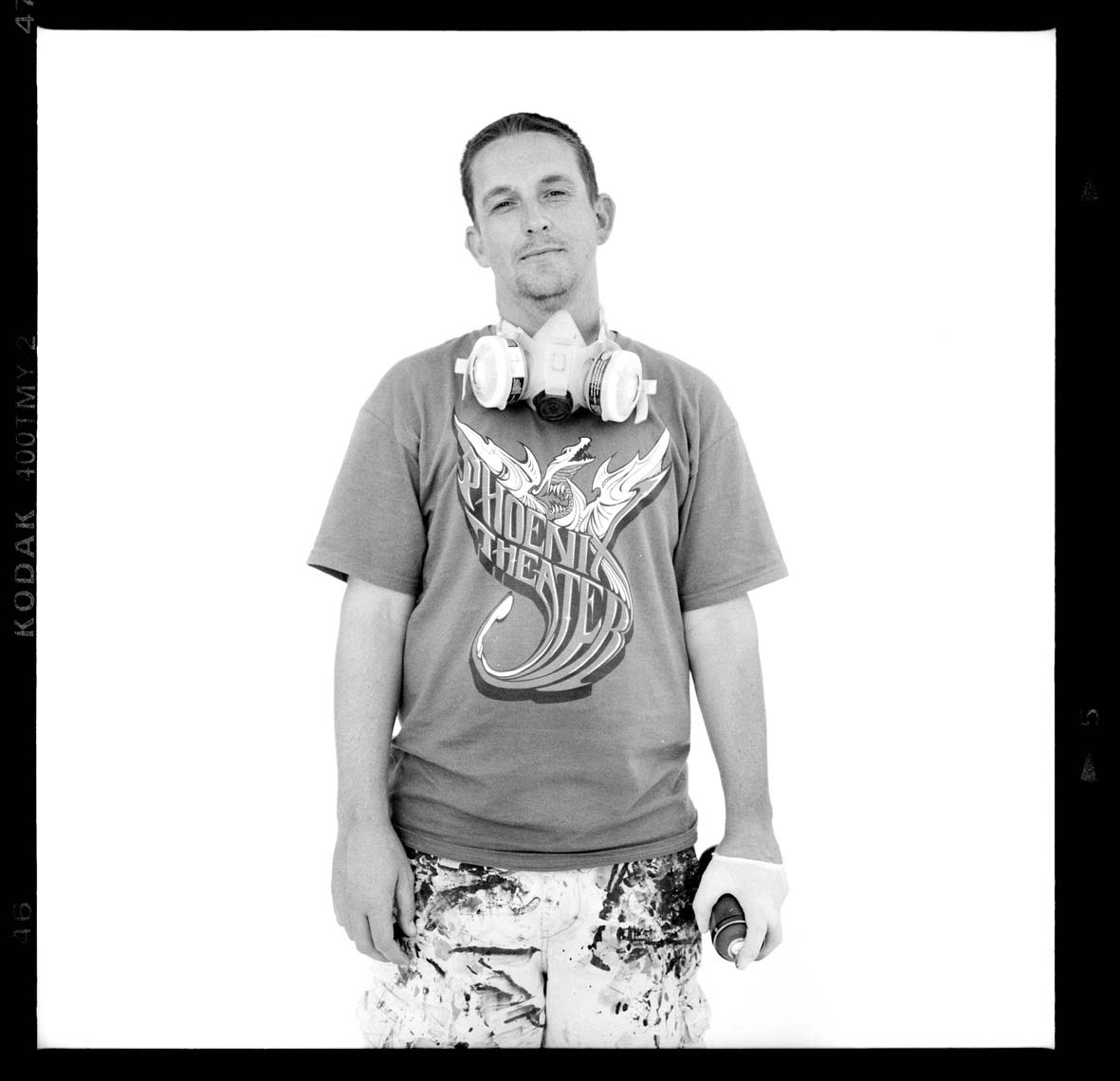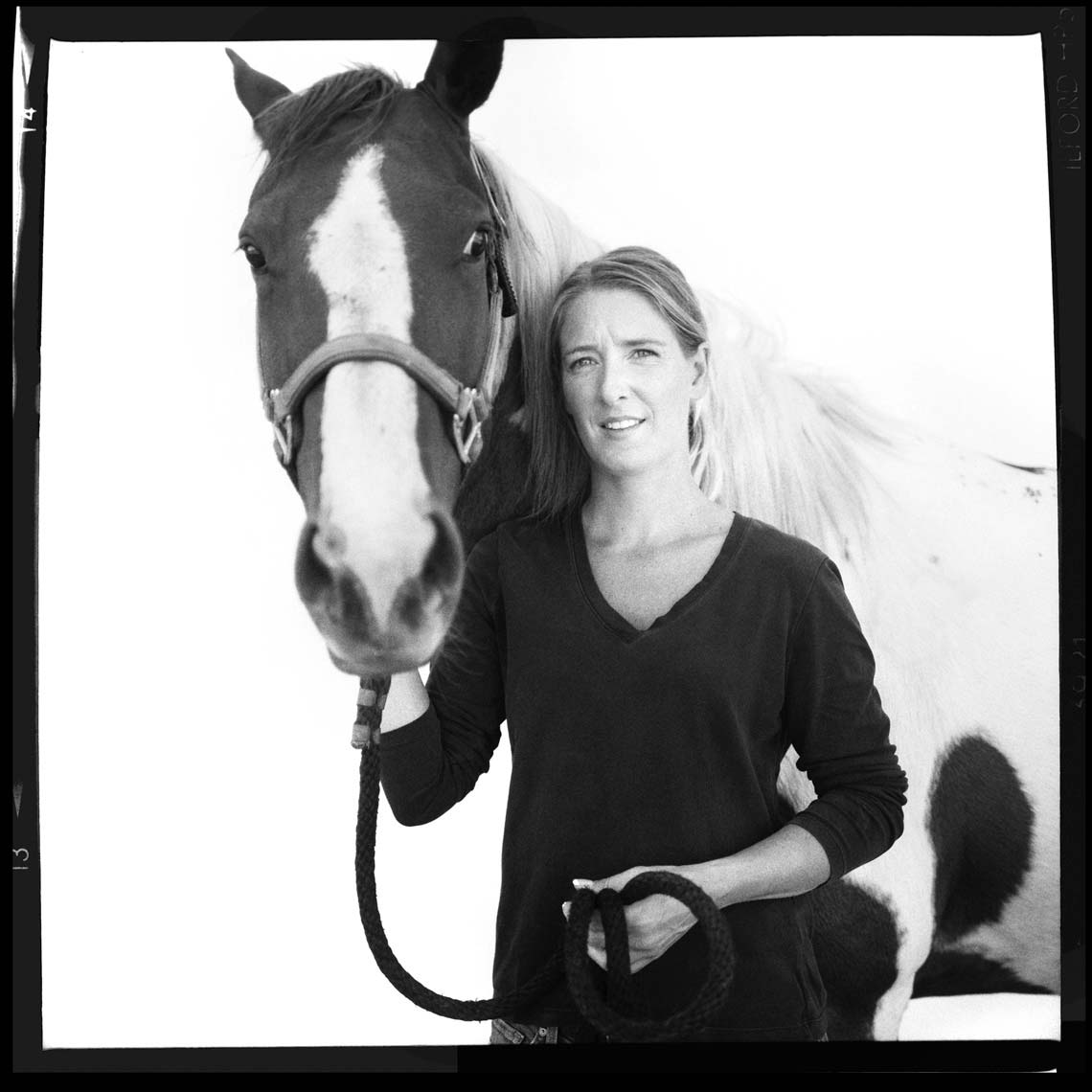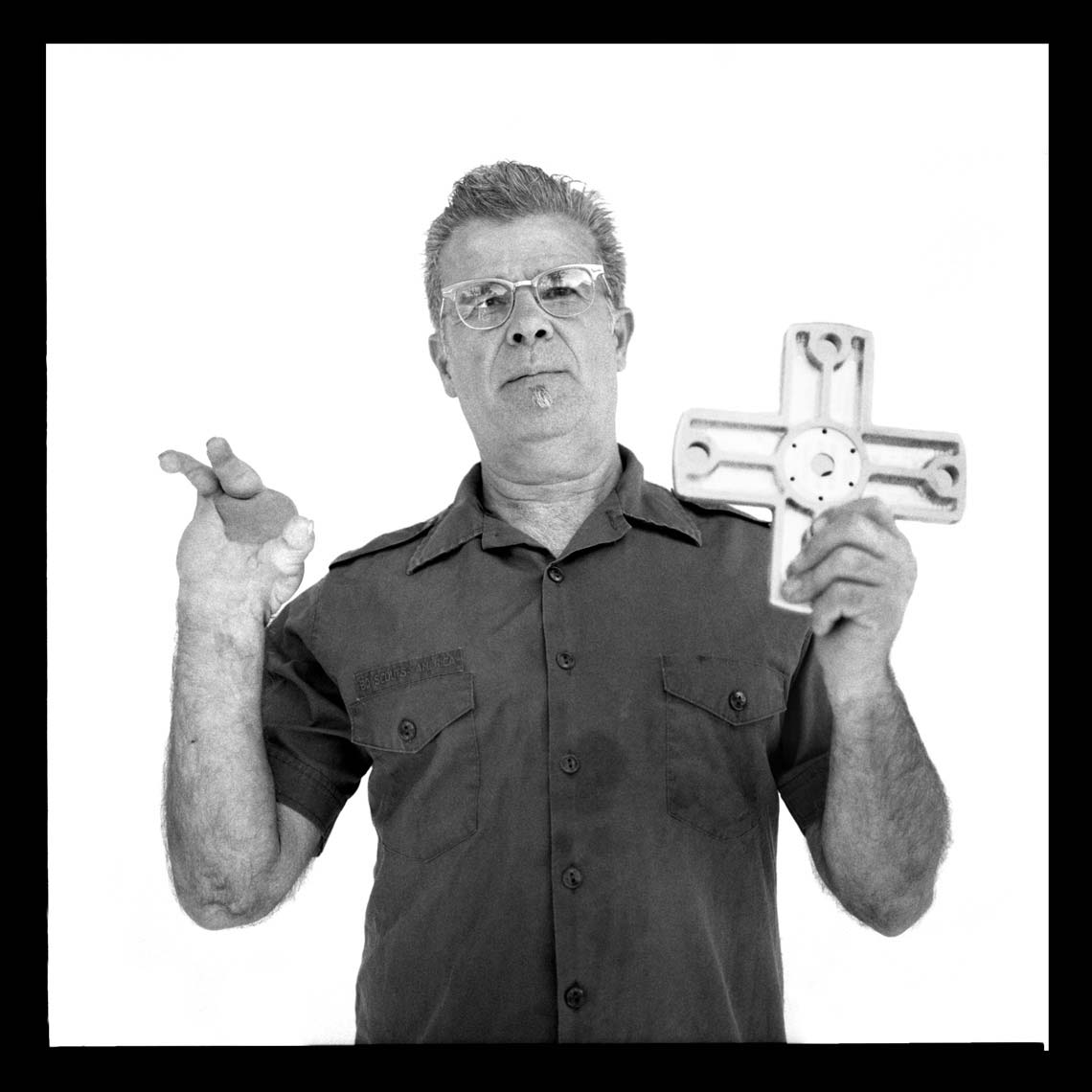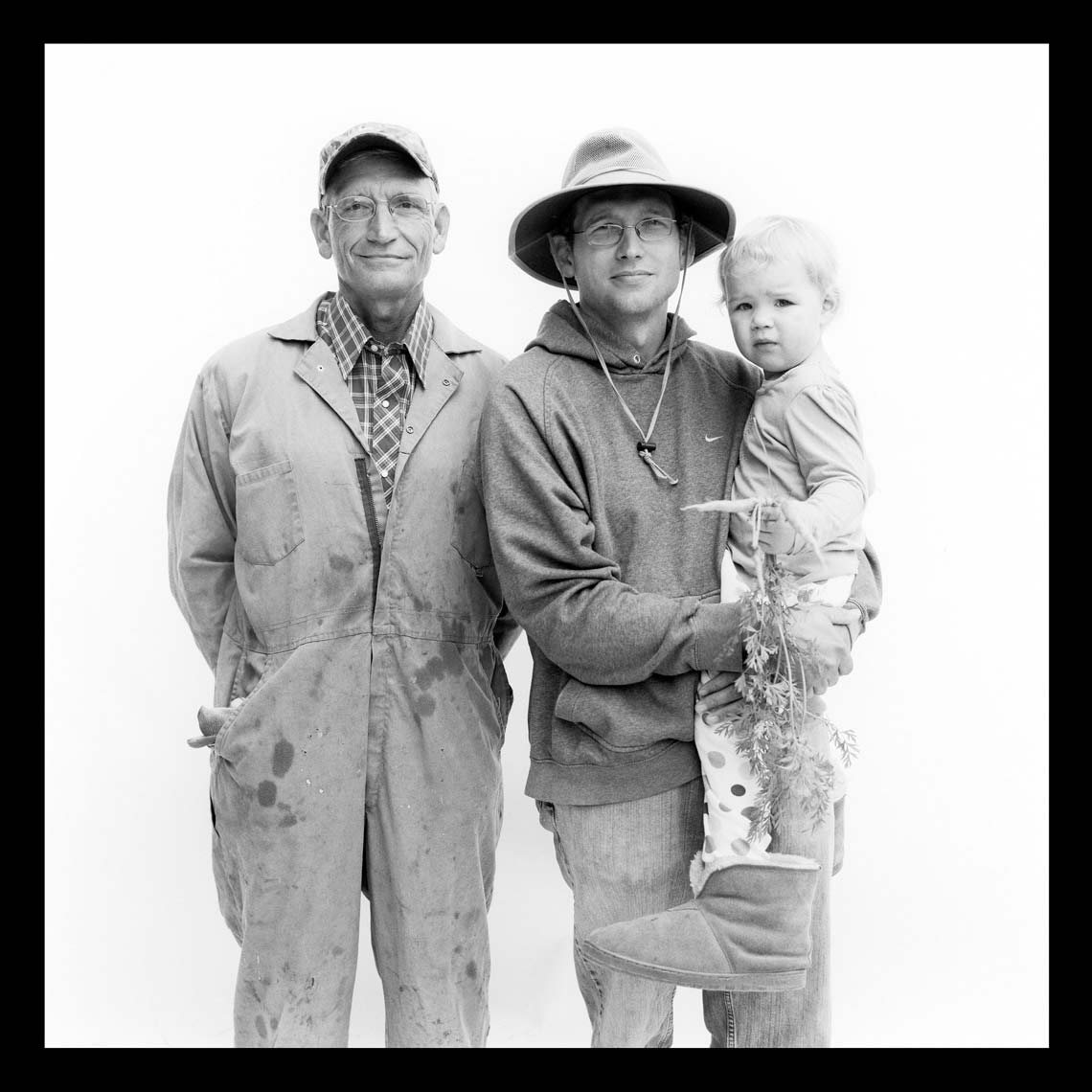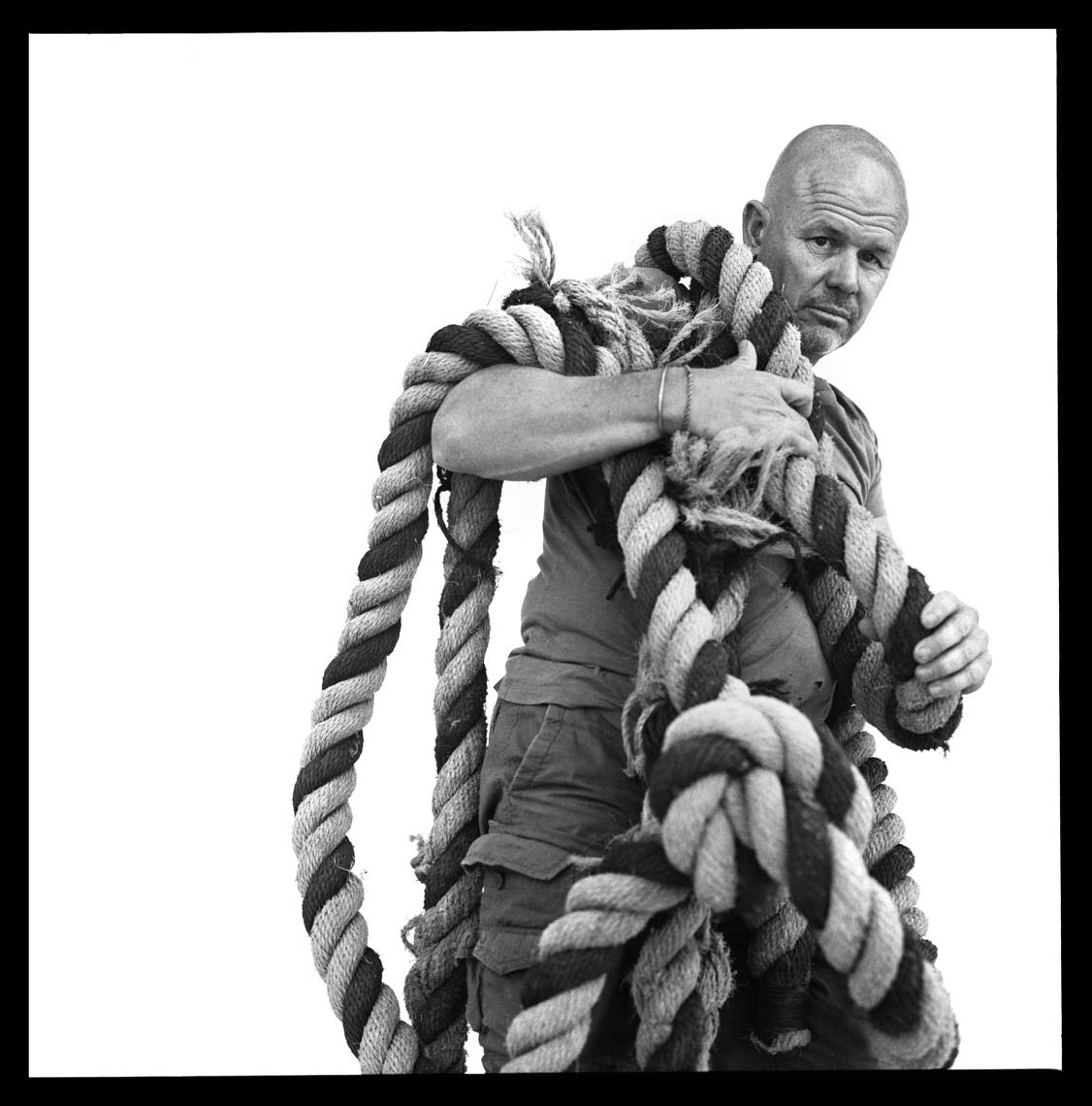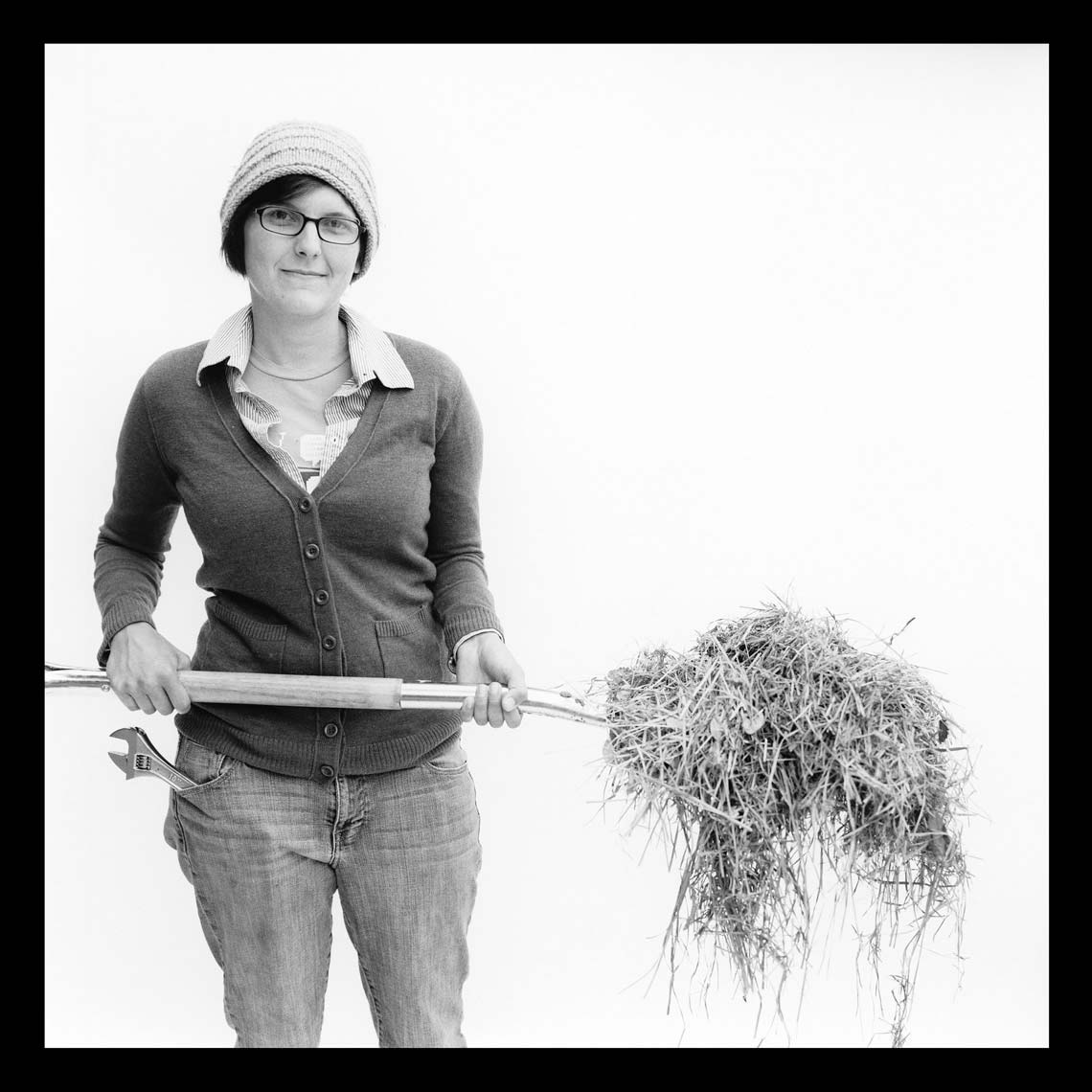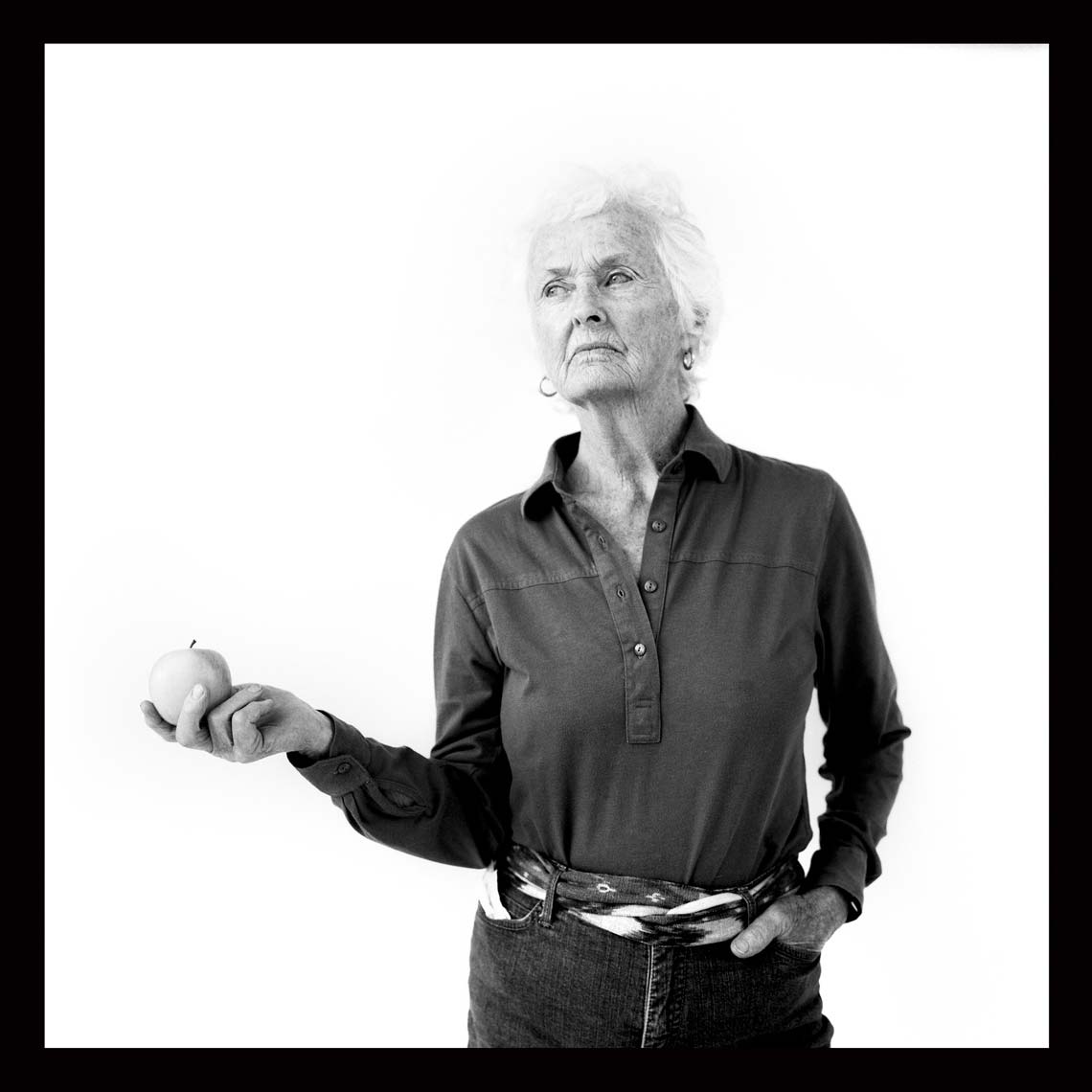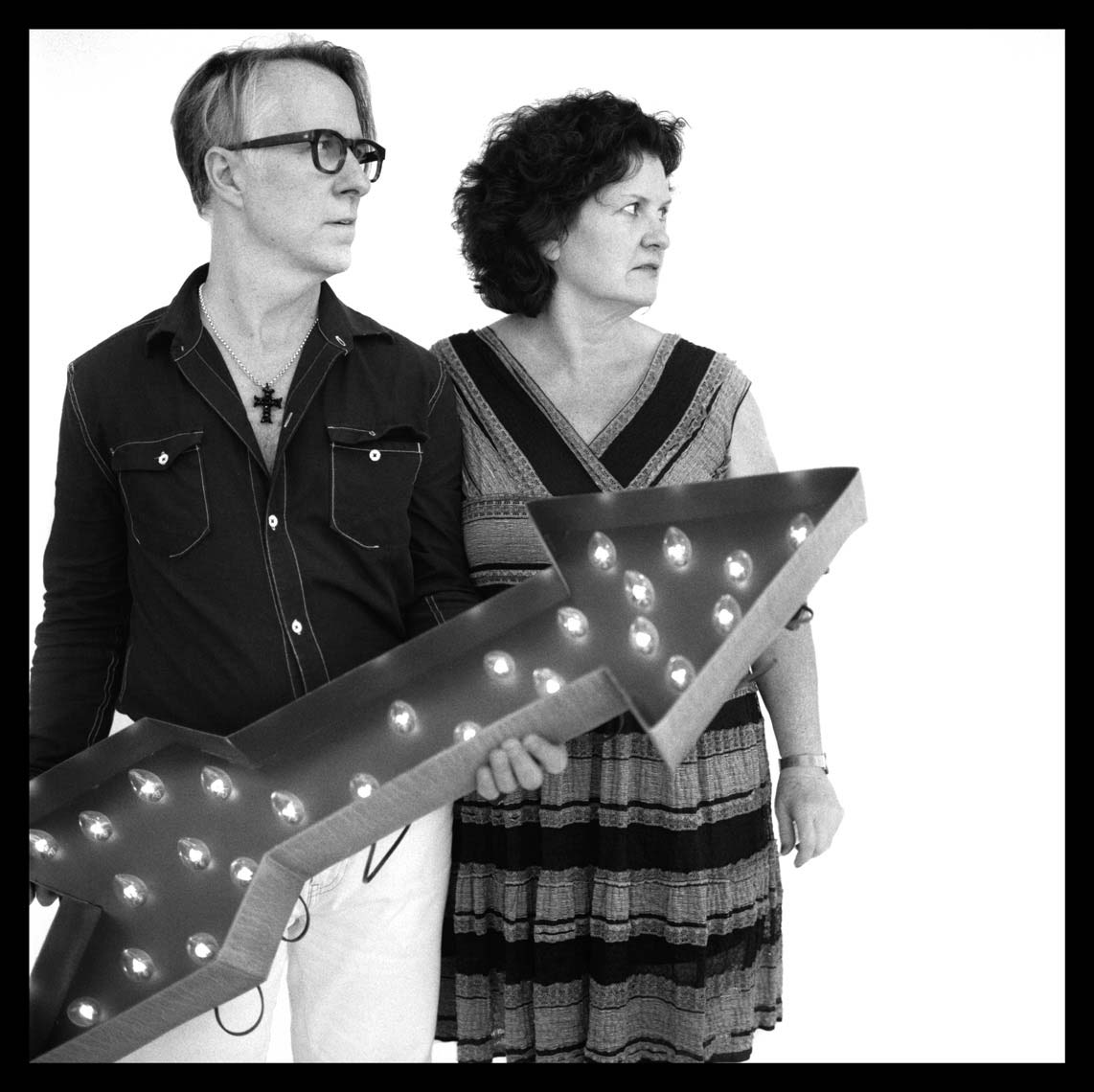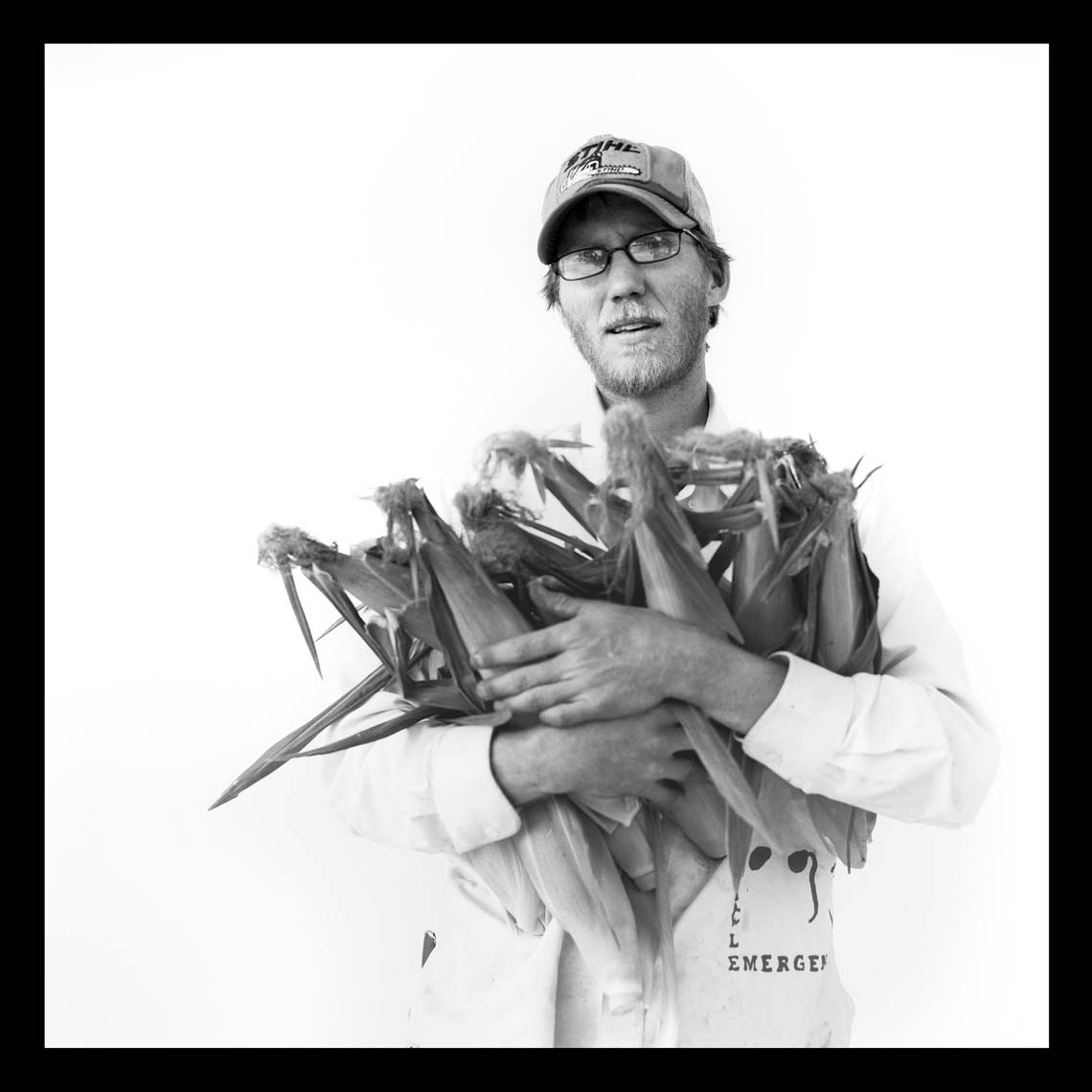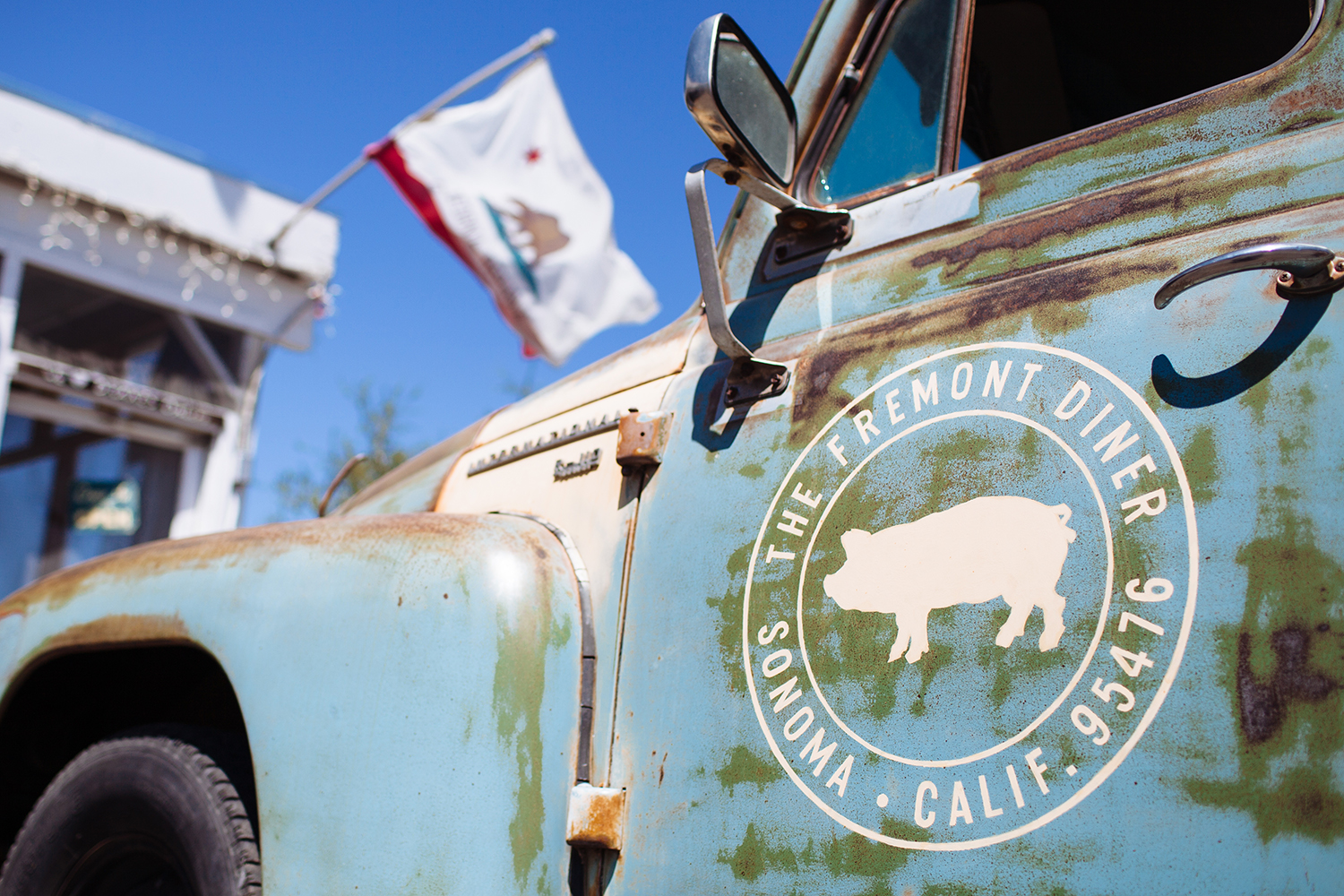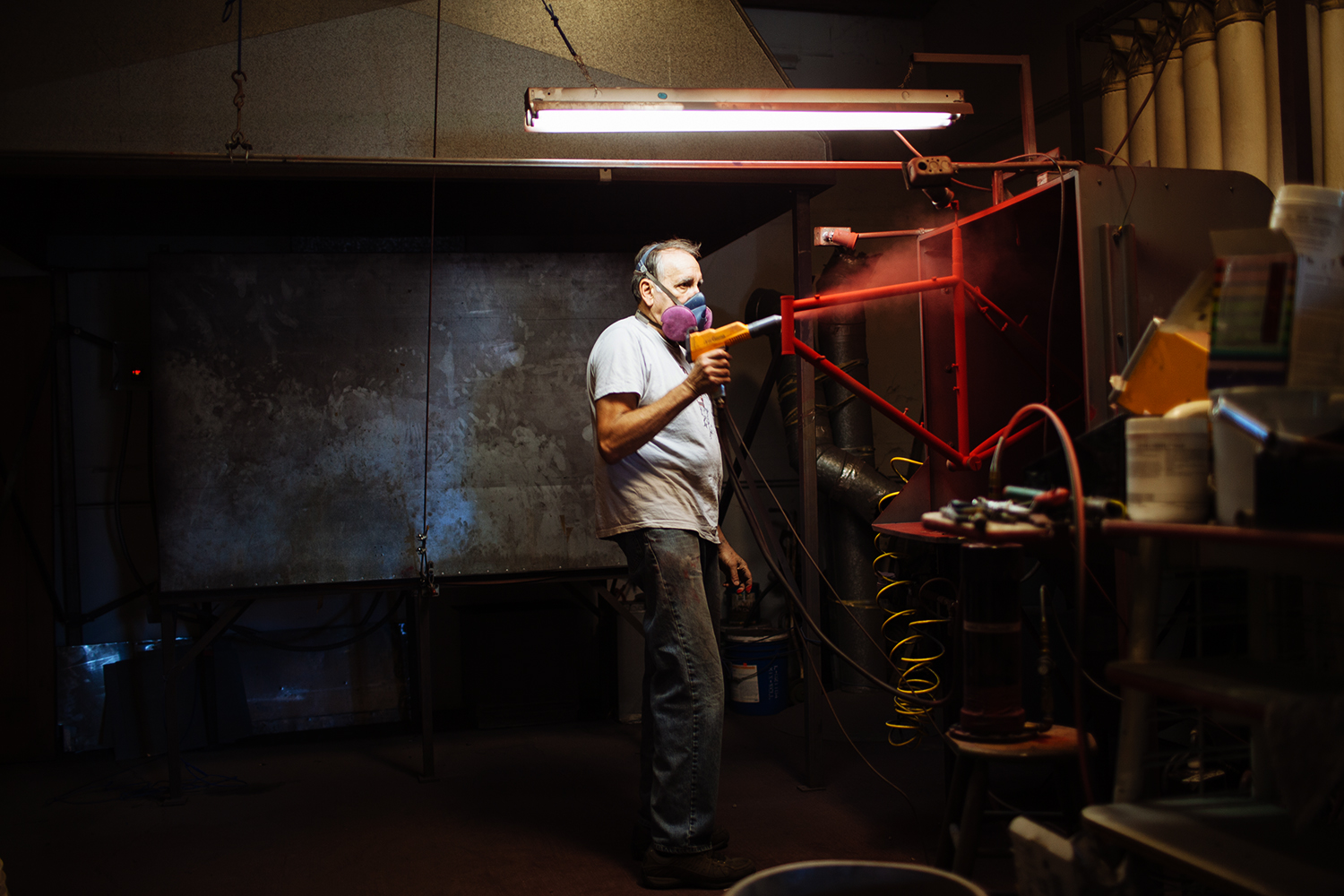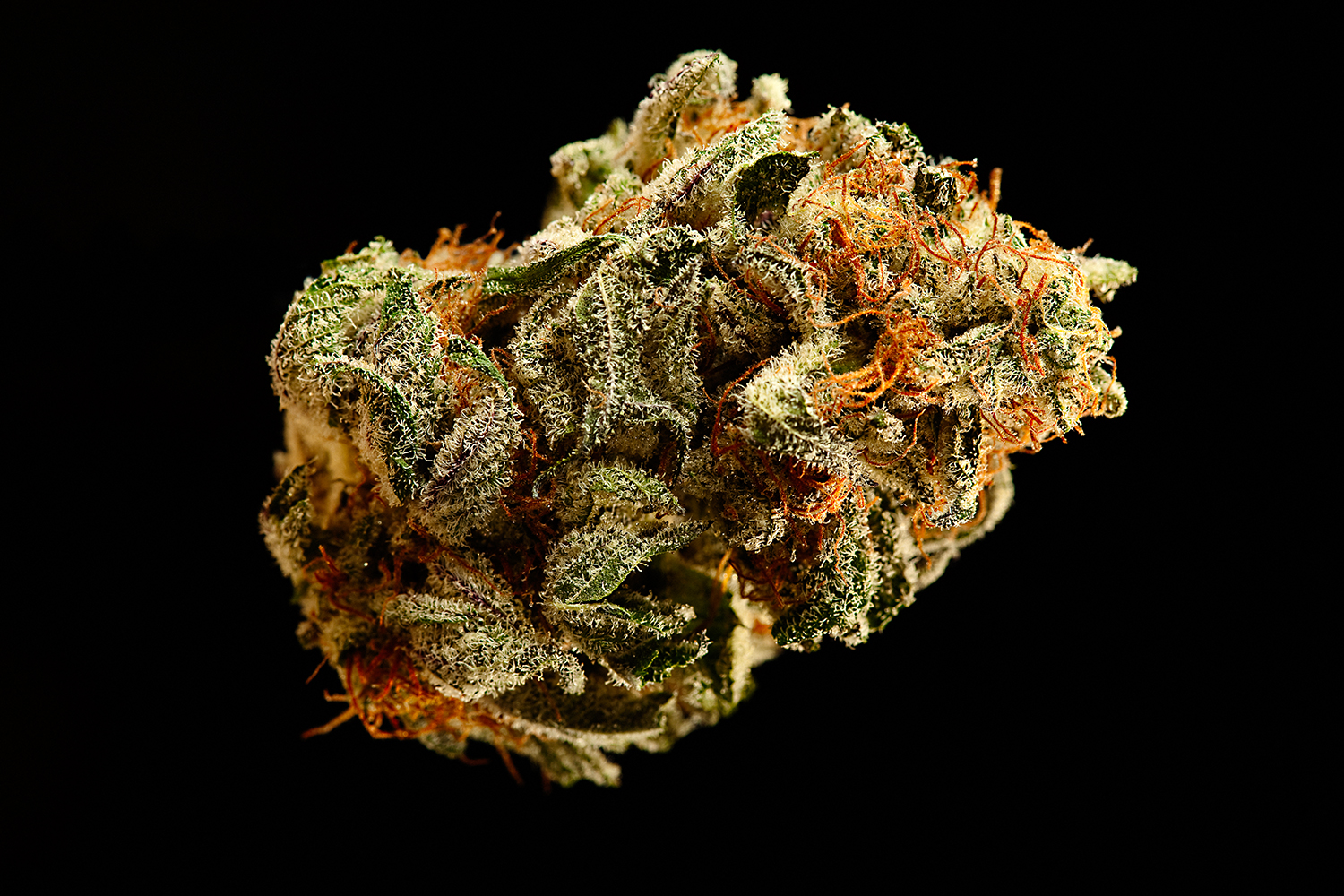Workspace: Kathryn St. Clair

Tyler Young
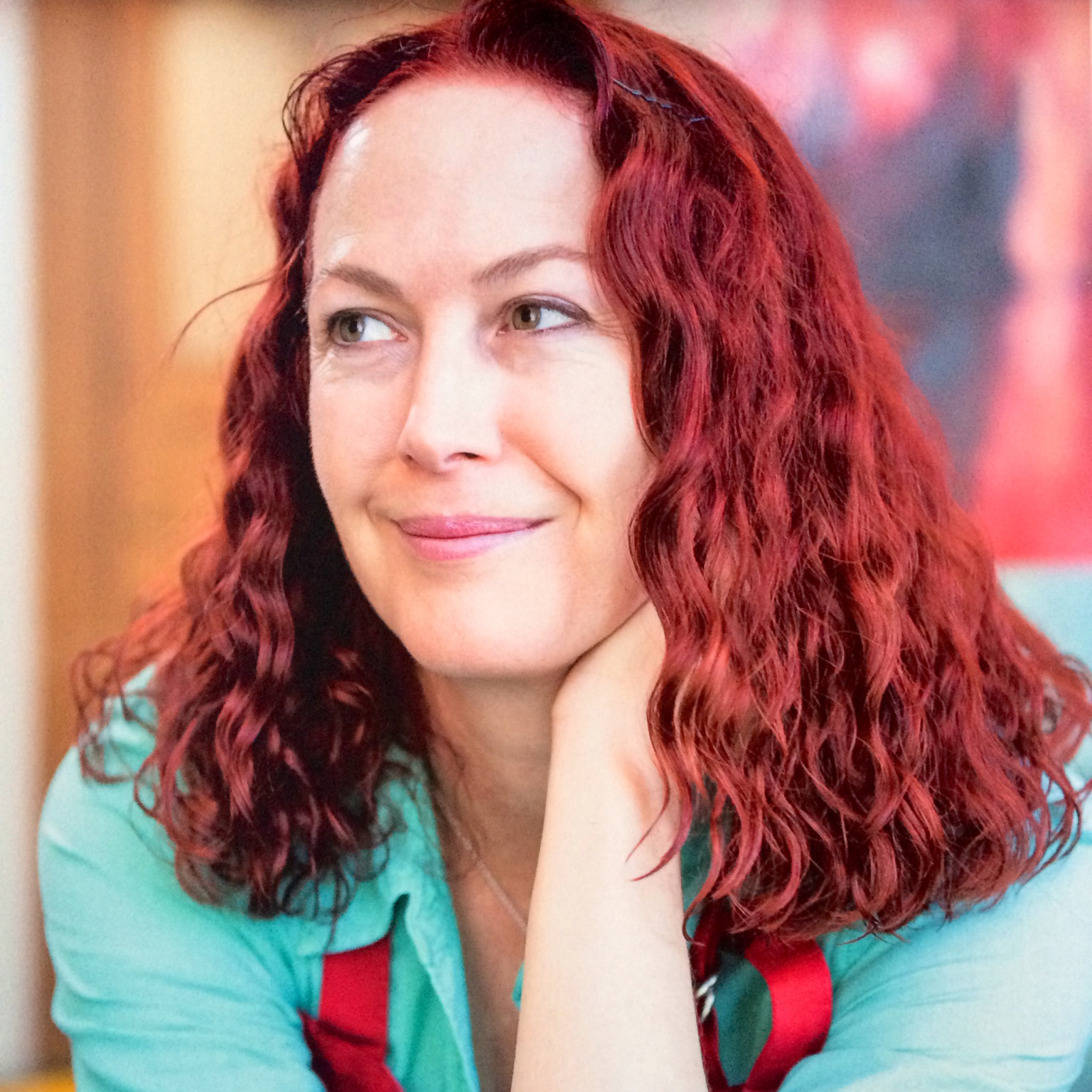
Petaluma-based painter Kathryn St. Clair is drawn to how light shifts our perception of what surrounds us, creating halos of soft diffusion or pockets of ambiguity. She is intrigued by patterns and distortions in landscapes- where images of what is ‘real’ and what is ‘reflected’ are set adrift or submerged in a nebulous space. She marvels at the mystery that exists in the shadows and the emergence of light from darkness.
Workspace: Jack Haye
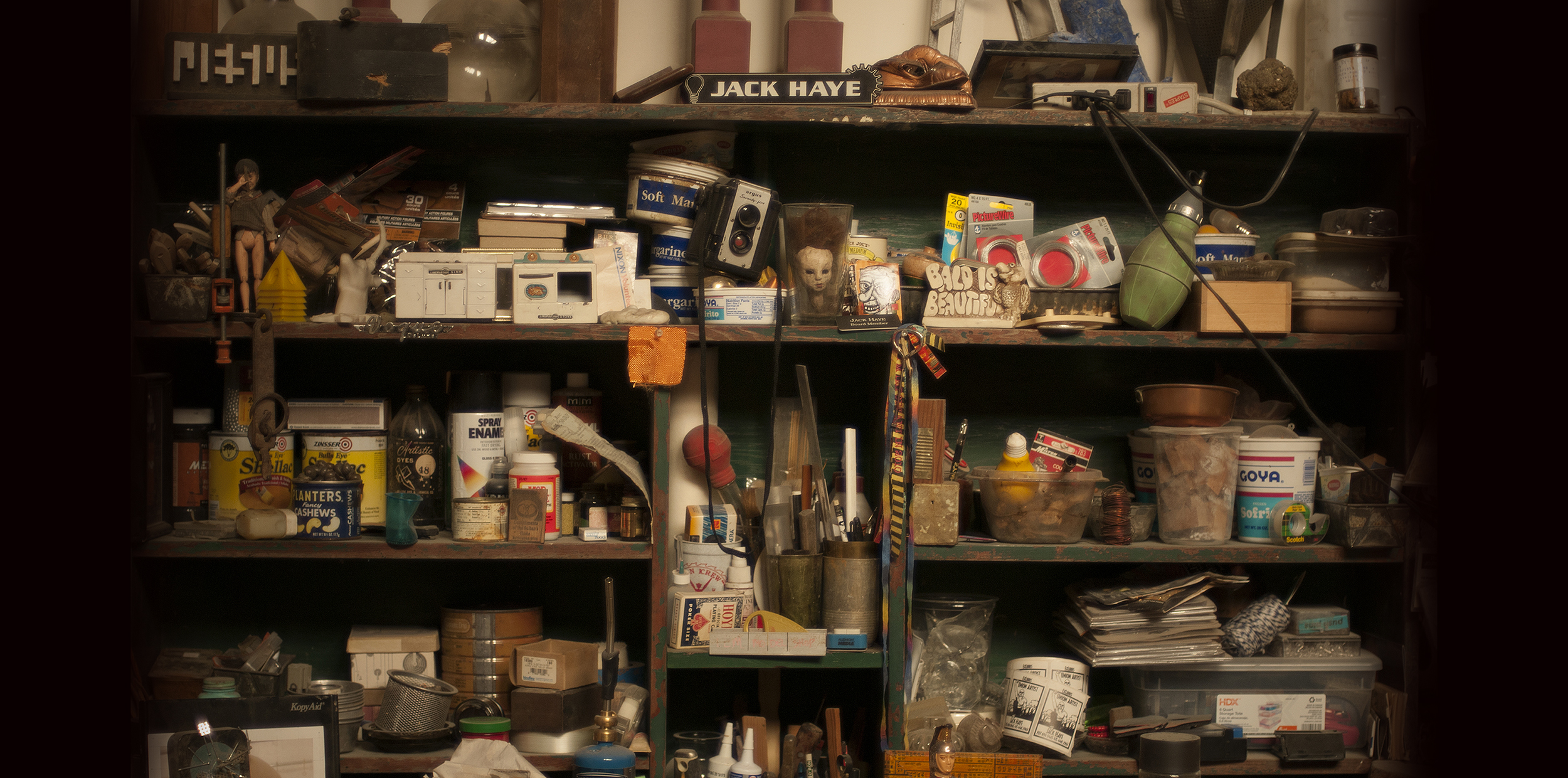
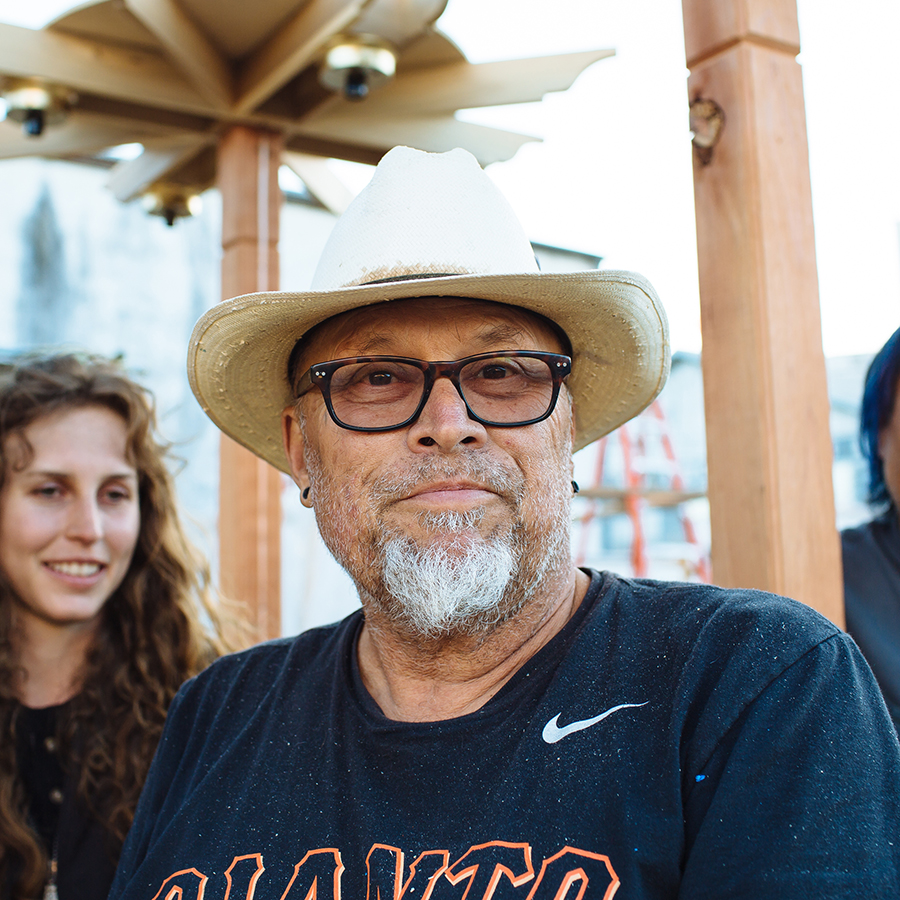
Born in Scheveningen in the Netherlands to Dutch-Indonesian parents, Jack Haye has been an artist since he first dipped his hands in tempera paints and smeared them across a roll of paper. He has interests in art, history, music and architecture and spends his free time making wooden portrait sculptures, which are a combination of hand carving and “found” objects and other art. He is a Charter Member of the Visual Effects Society and is VP of the Board of Directors for the Phoenix Theater Youth Center. He lives in Petaluma, California with his wife Drew, stepson Henry, and inhuman children Printzie and Artie.
#jackwiththingsonhishead
Big Sound
By Brian Berusch
When you think of the quintessential sounds of Sonoma County, a few things may come to mind. Maybe it’s the wind whipping off the craggy coastline into Bodega Bay, as it flutters across the sand and over a dune to rustle the Pacific reed grass. You may envision a blue-jeaned blues band playing on an outdoor stage in Sebastopol, kids and parents twirling in the sunshine during a summer festival. Or it could be the clinking of crystal glasses on the patio of a winery, the smell of rosemary and ripe grape hovering in the air.
Or is it the sound of Hawaiian ukuleles?

Maybe it’s not the first thing that comes to mind, but after reading this—it just might. In a quiet industrial area of North Petaluma, just across the street from Lagunitas Brewing Company, is Kala Brand Music Company. Michael Upton started his small ukulele import company in 2005 somewhere more apropos: On the south shore of Oahu, where the ukulele was born and is often associated with the sounds of paradise. But after establishing the business—and looking at a place to expand the business and launch a shop to conceptualize and construct new, higher-end string instruments, he landed in Petaluma.
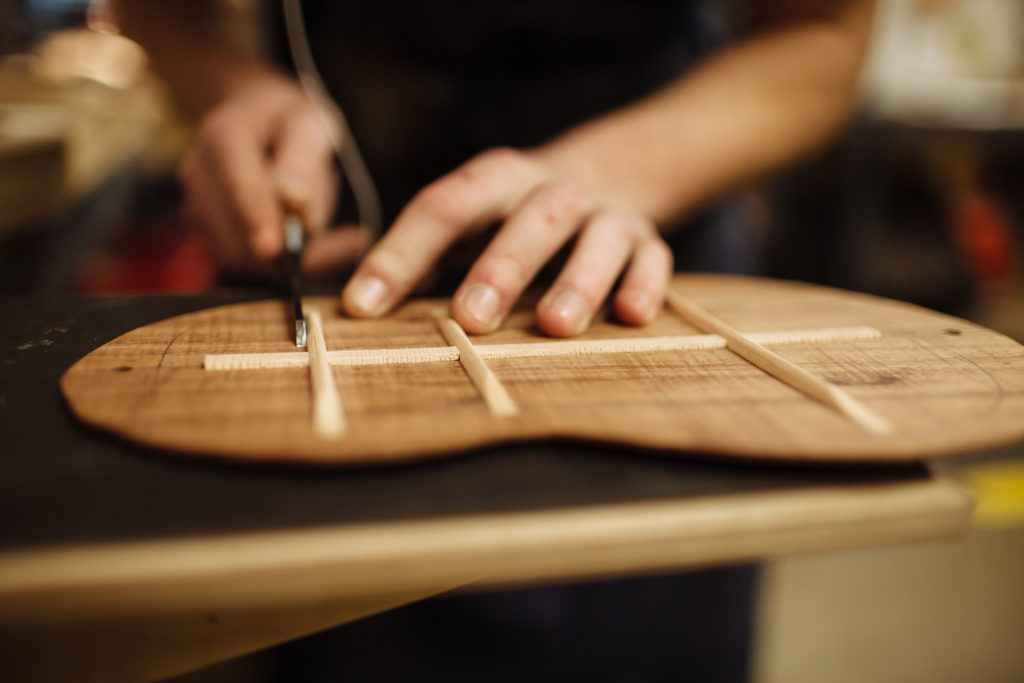
Although originally from the South Bay Area, Upton did what any Sonoma local would: He planted 525 pinot noir vines on a lot in West Petaluma, grabbed some warehouse space, and started to grow his business. He now sells nearly 40,000 instruments per month, with growing client bases in Asia, Europe, Canada, Australia and New Zealand.
Yet what really excites Upton is when he discusses the custom instrument shop he’s carved into his warehouse and office space in Petaluma. What started with just a couple of tinkerers trying to improve upon their existing ukuleles, has turned into a team of expert luthiers making an array of ukulele-inspired instruments, some of which have caught fire with professional musicians.
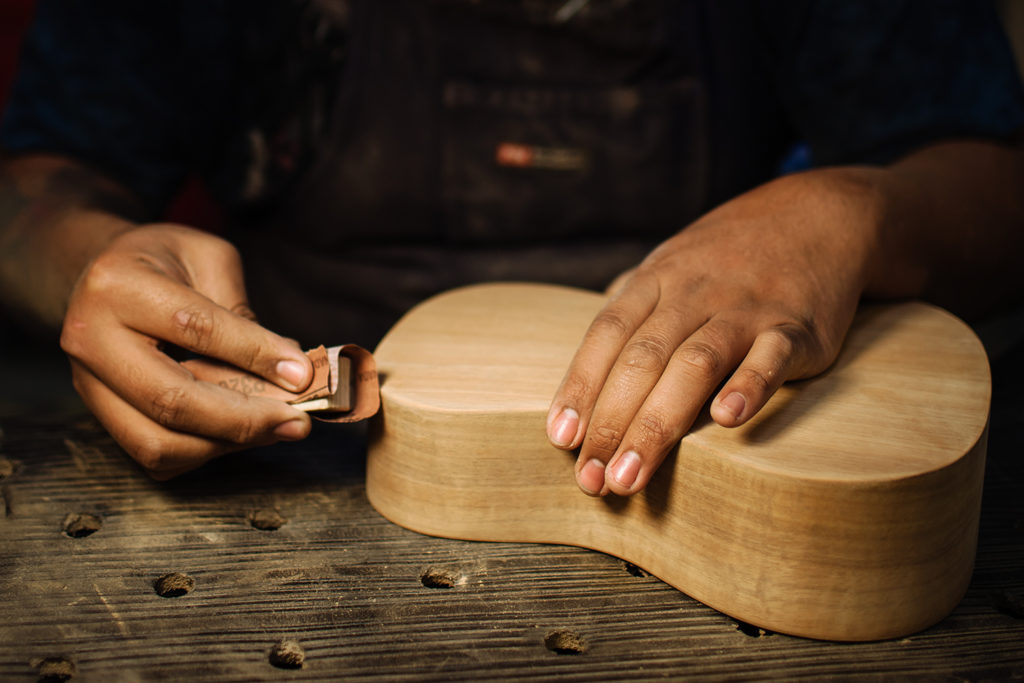
From koa (a rare Hawaiian hardwood) ukuleles to the “U-Bass”—a small bass guitar that utilizes rubber strings to ilicit big sound from a small, portable instrument—guitars and something called “the resonator” (think a dobro meets ukulele), Upton is pushing the envelope here.
“Guys like Jon Anderson from [the band] Yes, Pat Simmons [Doobie Brothers] and Hutch Hutchinson [Bonnie Raitt] have really latched onto our stuff,” says Upton. “They found them, took them onto the road, and everyone who sees and hears it seems to want one. It’s be great for us.” Upton adds that players who tour with Eric Clapton, Peter Gabriel and Paul McCartney all bring Kala instruments on the road.
One big supporter is Bakitha Kumalo, who tours with Paul Simon regularly, and plays mostly on a Kala U-bass.
“I played a Washburn fretless bass on the Graceland album and I loved the sound, so I was looking for something like it. I was experimenting a lot, looking for an original sound. Everyone mimics each other these days, but I wanted a unique sound,” Kumalo says. “When I first saw it, I thought ‘It’s small, maybe I’ll give it to my kids.’ But the tone and comfort is so amazing. It leads you into the instrument. It envelops you—and I just fell in love with it.”
In addition to experimenting with various woods (which produce different tonalities while playing), Upton is constantly looking to tweak existing instruments in order to come up with something new.
He also is a big proponent of education kids through music; Kala and Upton have donated thousands of ukuleles to elementary through high schools to help boost the music programming so integral for the youth.
“Selfishly, we’re sort of building in a customer base,” Upton admits. “But anywhere we can help bolster creative school programs, we’re eager to provide.
Check out KalaBrand.com for more information.

Michael, Natalia & Susan Sarandon
Watch Michael Garlington and Natalia Bertotti work on creating a dress for Susan Sarandon out of mostly found material and paper.
Garlington and Bertotti’s show, The Portals of Wonder, is centered around evocative black-and-white photographs presented in lavish three-dimensional frames. Many of the decorative elements and textures are extracted from the duo’s own photos, printed on cardboard or just paper. Almost all the rest comes from Recycle Town, the recycling dump near their Petaluma, California studio. In this show, one photo is framed in broken china, layered and fractured like remnants of the Mad Hatter’s tea party. Another, an alluring image representing Frida Kahlo, is framed in upholstery trimmings: velvety, silky cords that invite you to stroke them.
Fremont Diner
Photography by Michael Woolsey & Paige Green
Coming up on The Fremont Diner, it’s like stepping into another time and place, at first. It feels a bit like a truck stop and that there should be a gas pump (maybe there was once?) and 18 wheelers parked along the side, a girl in a halter top lurking somewhere, a highway stretching in either direction. But, cue needle screeching on vinyl, there are sun-soaked vineyard covered rolling hills stretching in every direction, no trucks at all, and a very different type of diner than the one in that reverie.

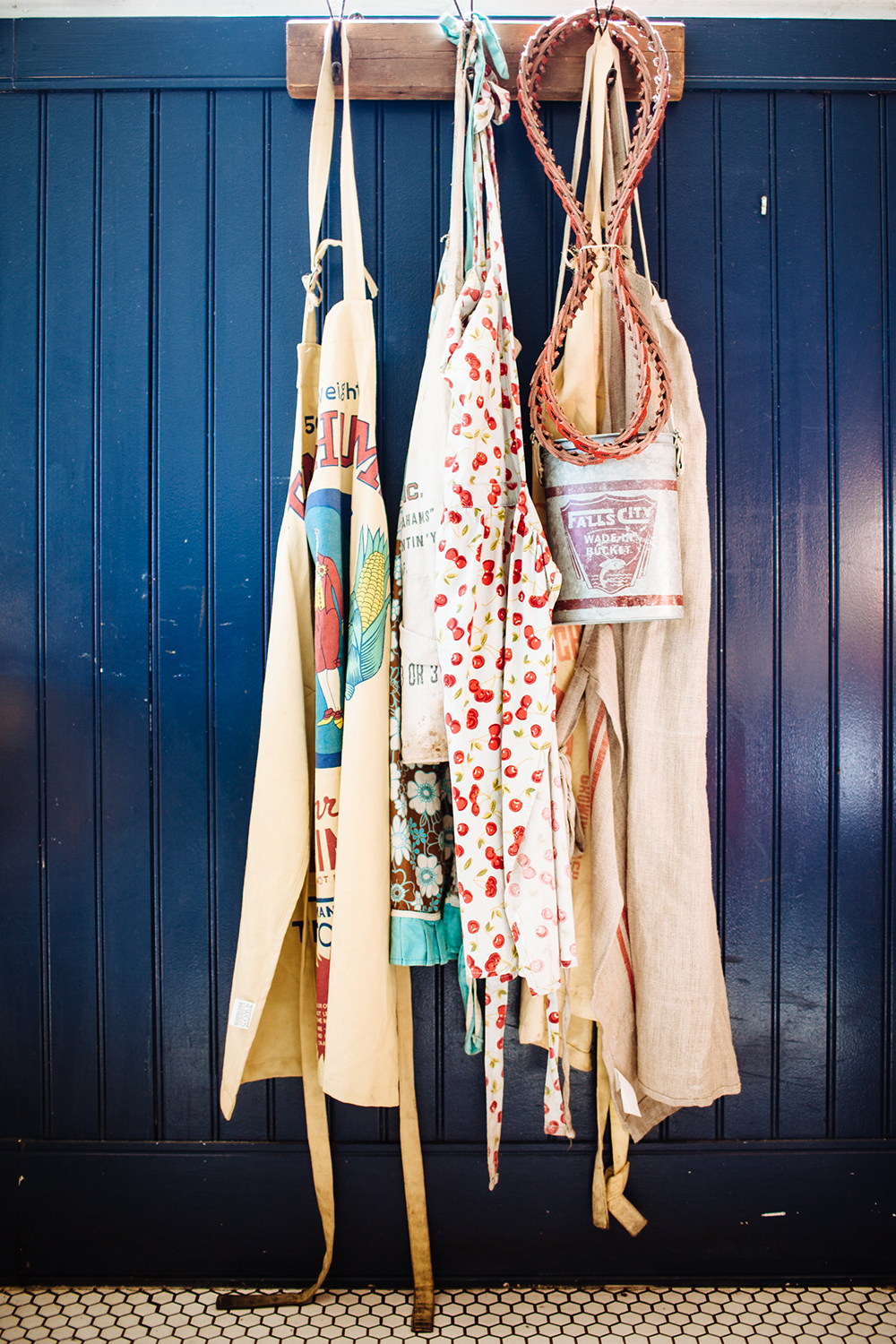

In fact, you can’t get more Sonoma than The Fremont Diner. They serve locally sourced, seasonal Sonoma country cooking (you heard that here first): a true combination of homestyle cooking and seasonal ingredients. You must not go on in life until you try the chicken and waffles or the biscuits in any form.
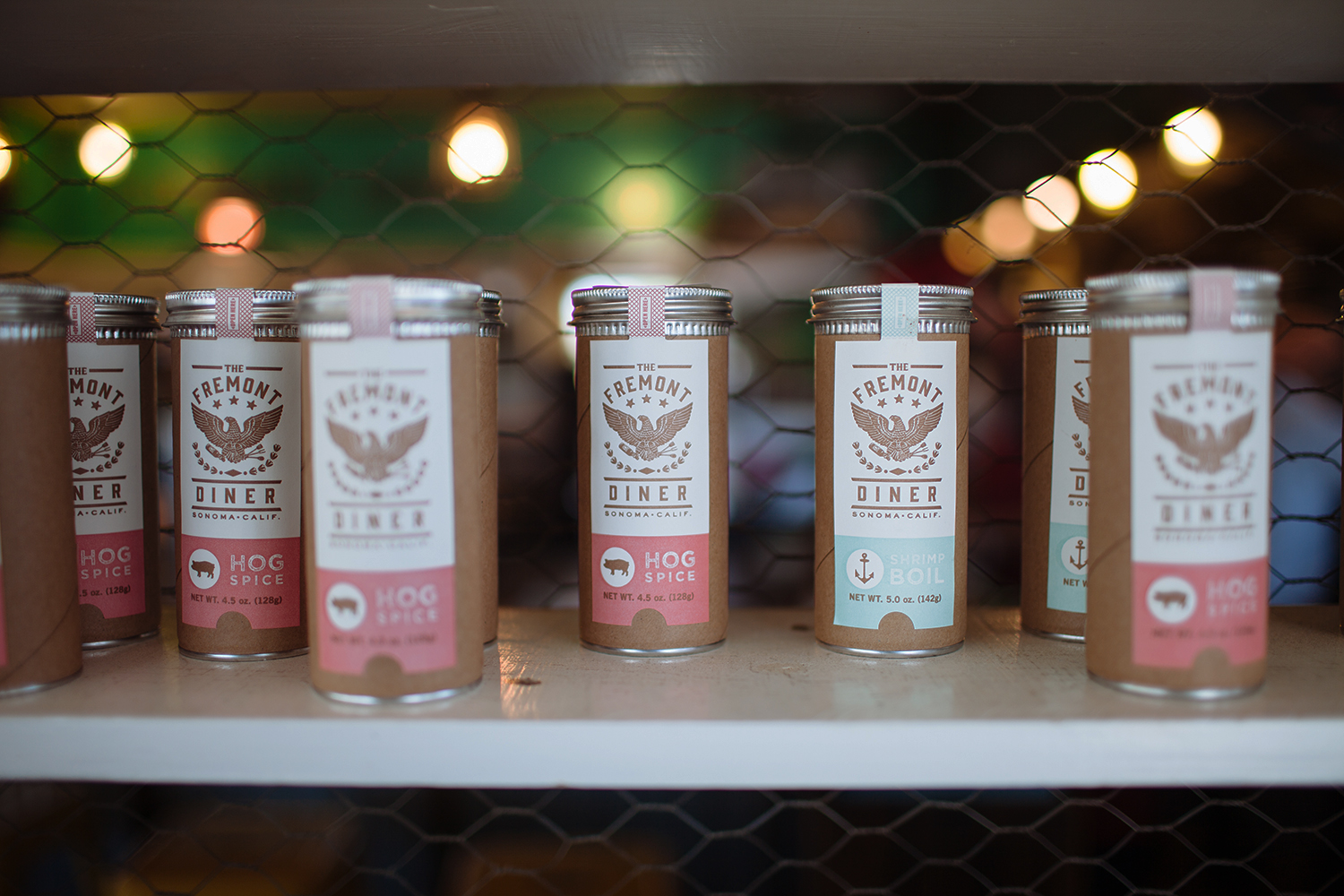
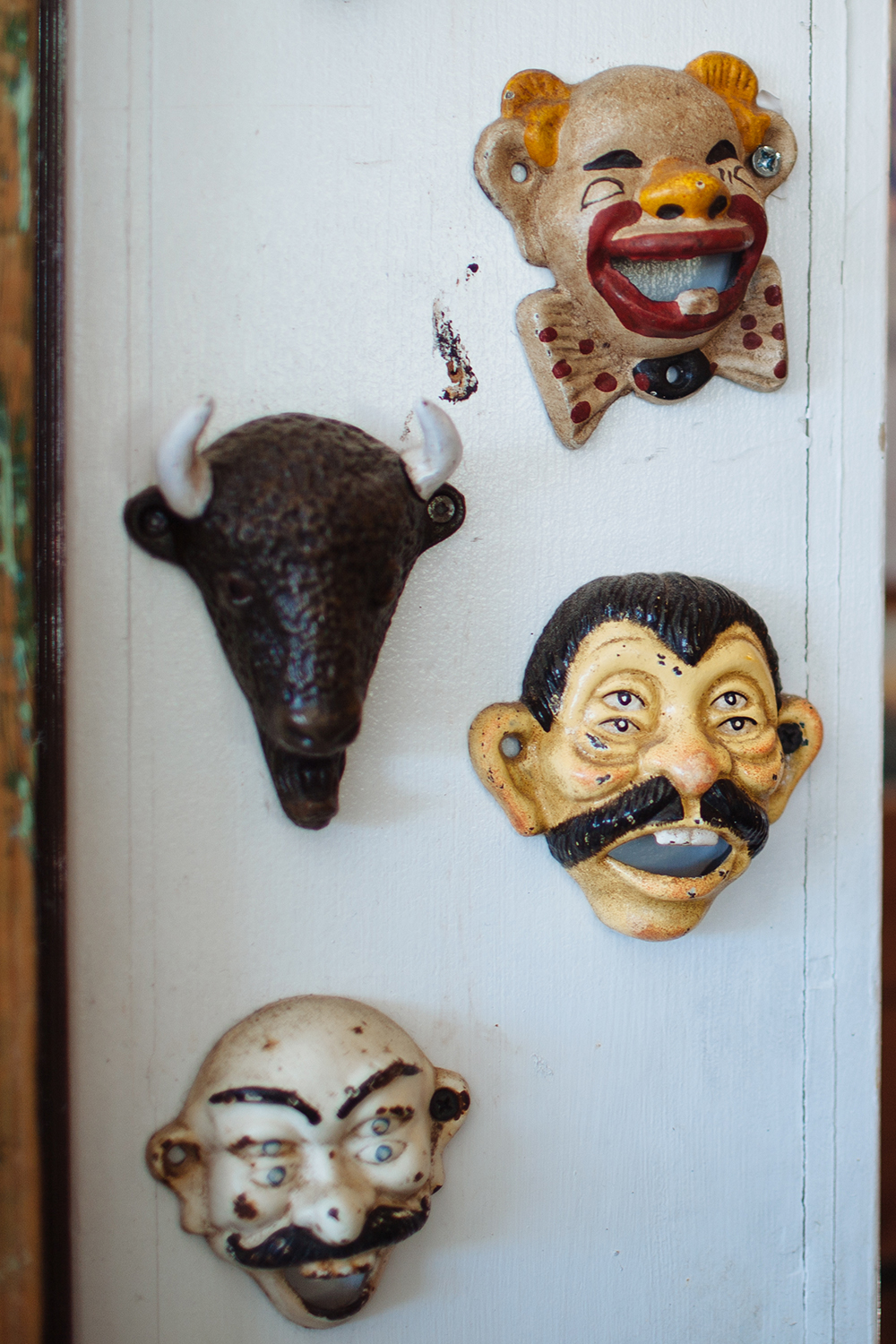

Hot off the griddle tip: go during the week, or early on weekends. It’s a Sonoma County favorite also favored by much of the surrounding population. But even if you have to wait for a bit to get seated, we promise satisfaction once those biscuits arrive at your table.
Hot Handed
One day, not so long ago, they ran out of corrugated cardboard hot beverage sleeves at Petaluma Coffee and Tea. Patrons were complaining of not being able to enjoy their warm beverages without a sleeve. Although definitely a first-world problem, it was a problem nonetheless, until a crafty barista and longtime employee, star came to the rescue. From some sheets of newspaper, she cleverly fashioned a hot beverage sleeve for a favorite regular, and then everybody wanted one. Star obliged and made them for every order that day. Today she continues to grace the cafe with her handmade recycled and functional art pieces.
And this is something we do suggest you try at home.
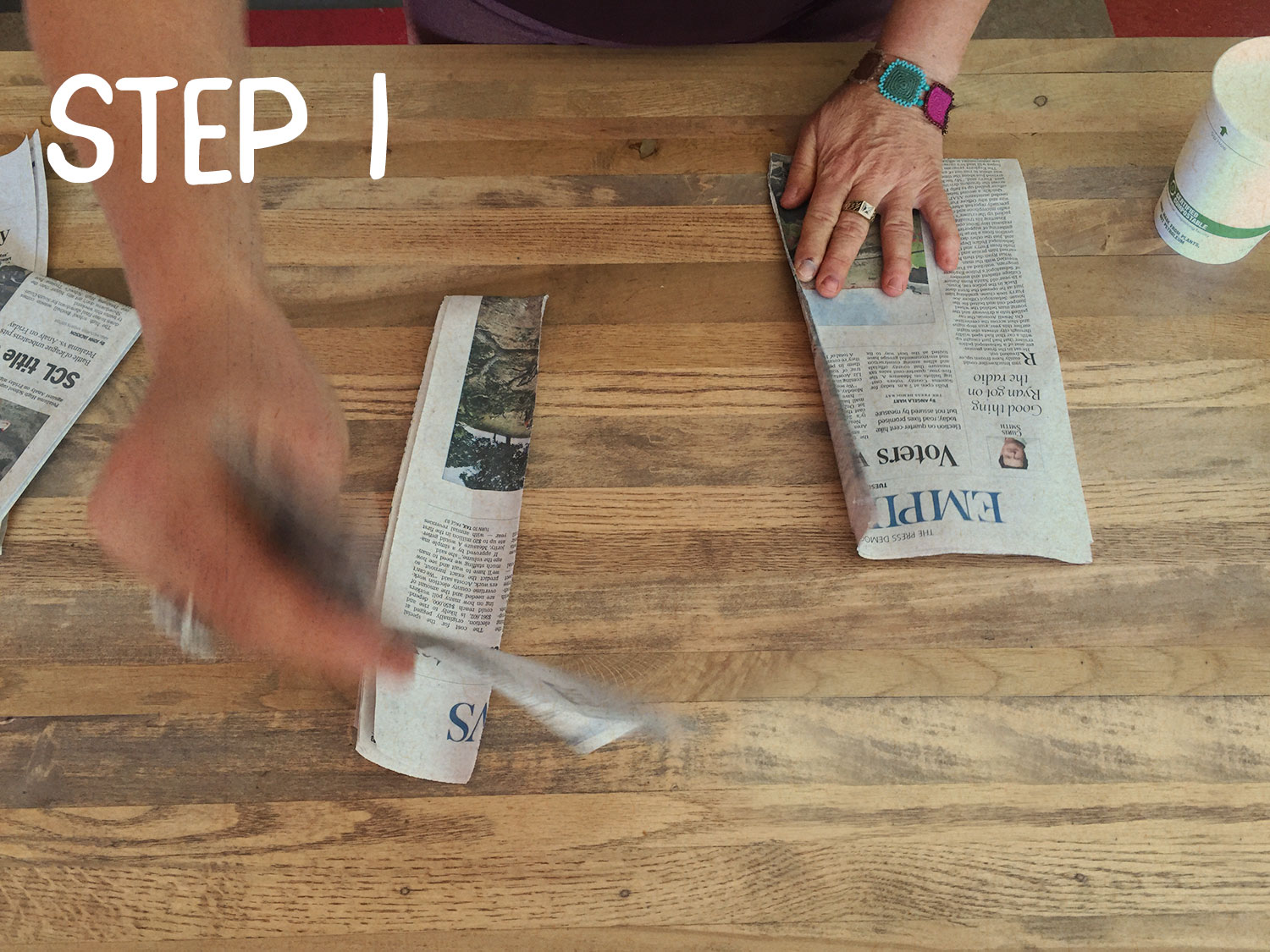
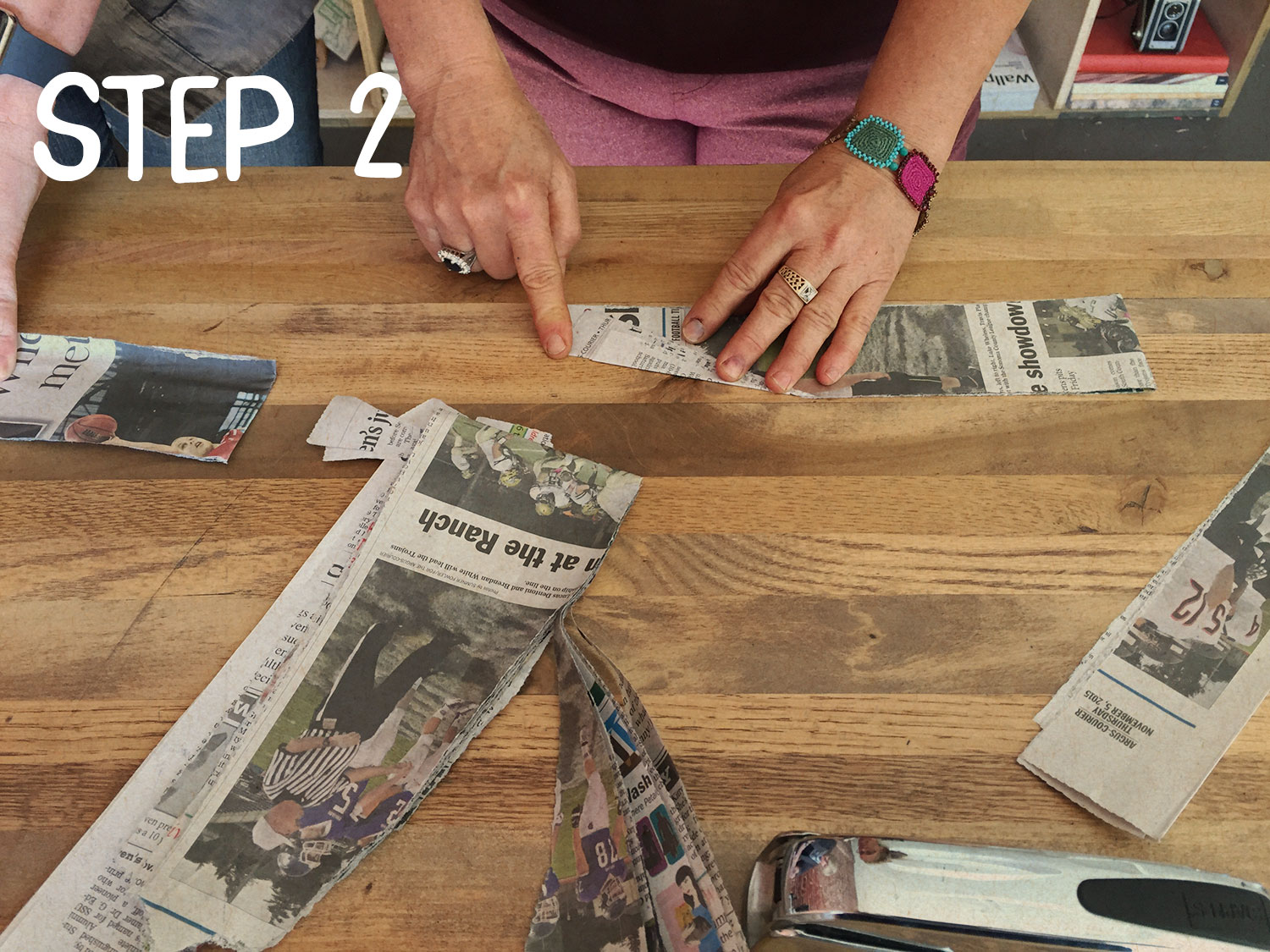

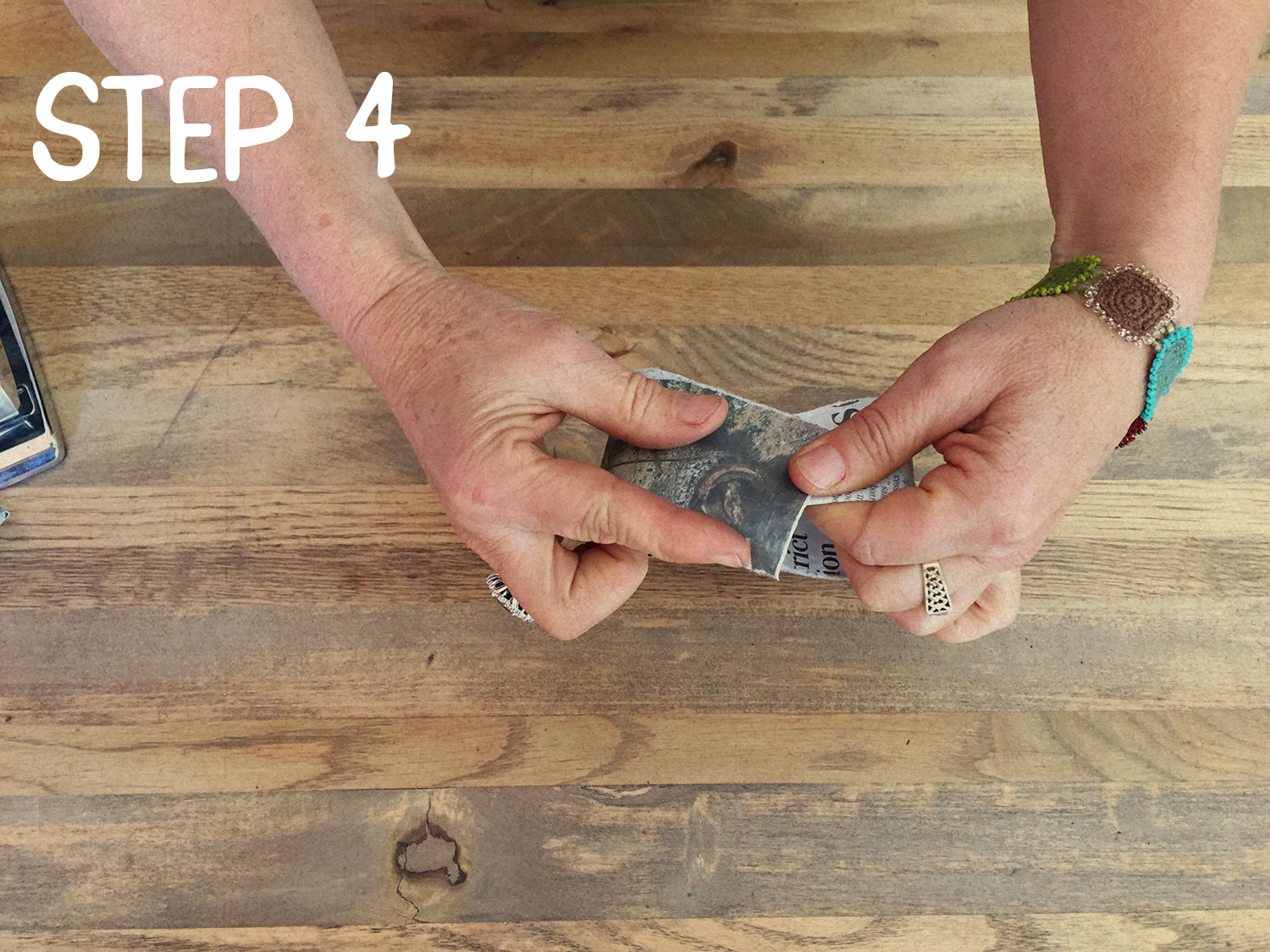
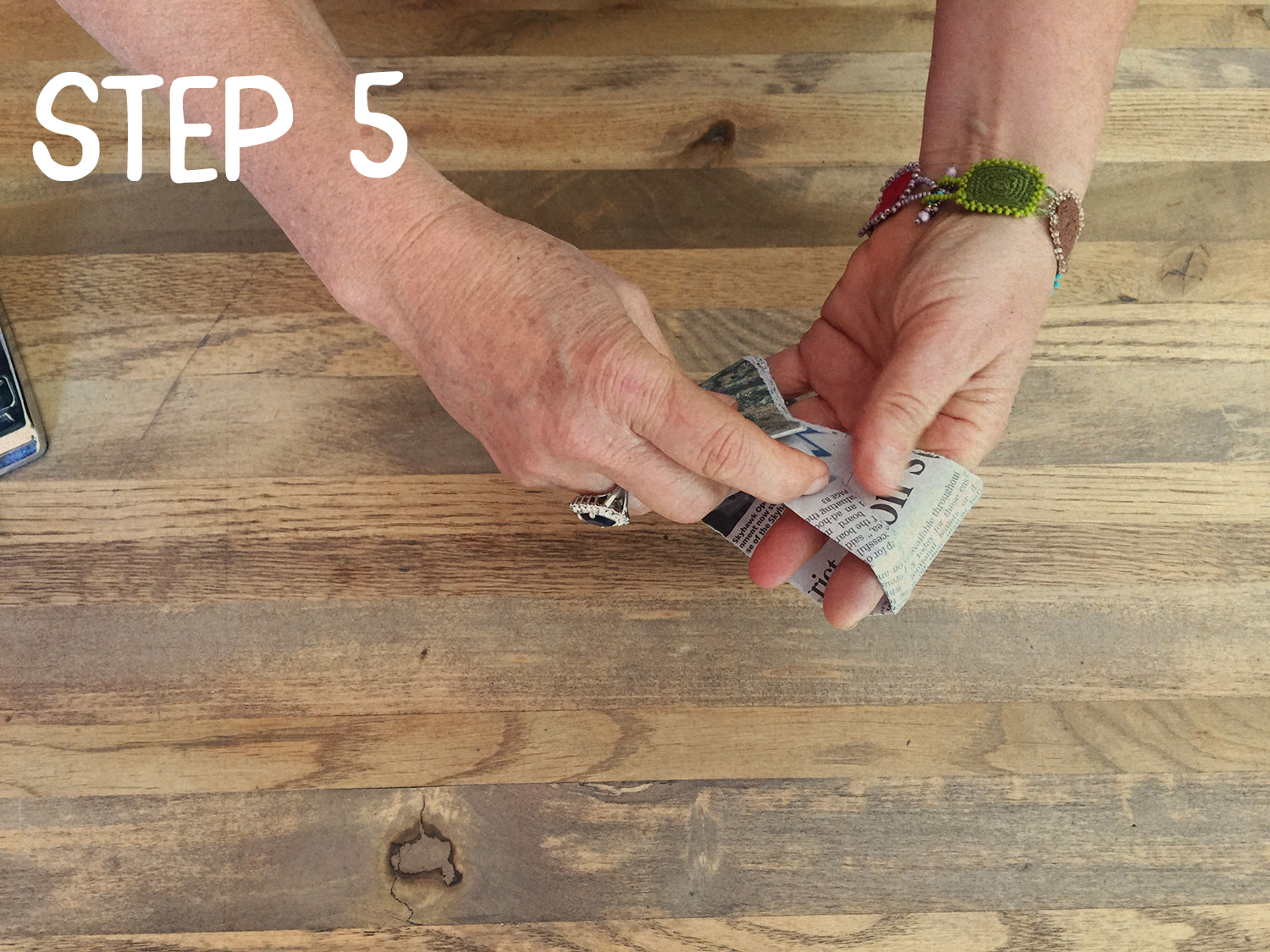



Master Bike Crafter
If you want to get on Bruce Gordon’s bad side, ask him why his bikes cost what they do. That is how to get off on the wrong foot with this purist bike maker who has been crafting his custom made bicycles in Petaluma for almost 30 years. And you don’t want to be on his bad side because then you would be robbed of the opportunity to visit his shop and upstairs gallery of work that is like a mini Bruce Gordon museum of bicycle beauty. Bruce bristles at the word “art” when used to describe his bikes, and much prefers “craft.” But whatever the term, they are nothing short of beautiful and well worth a visit.
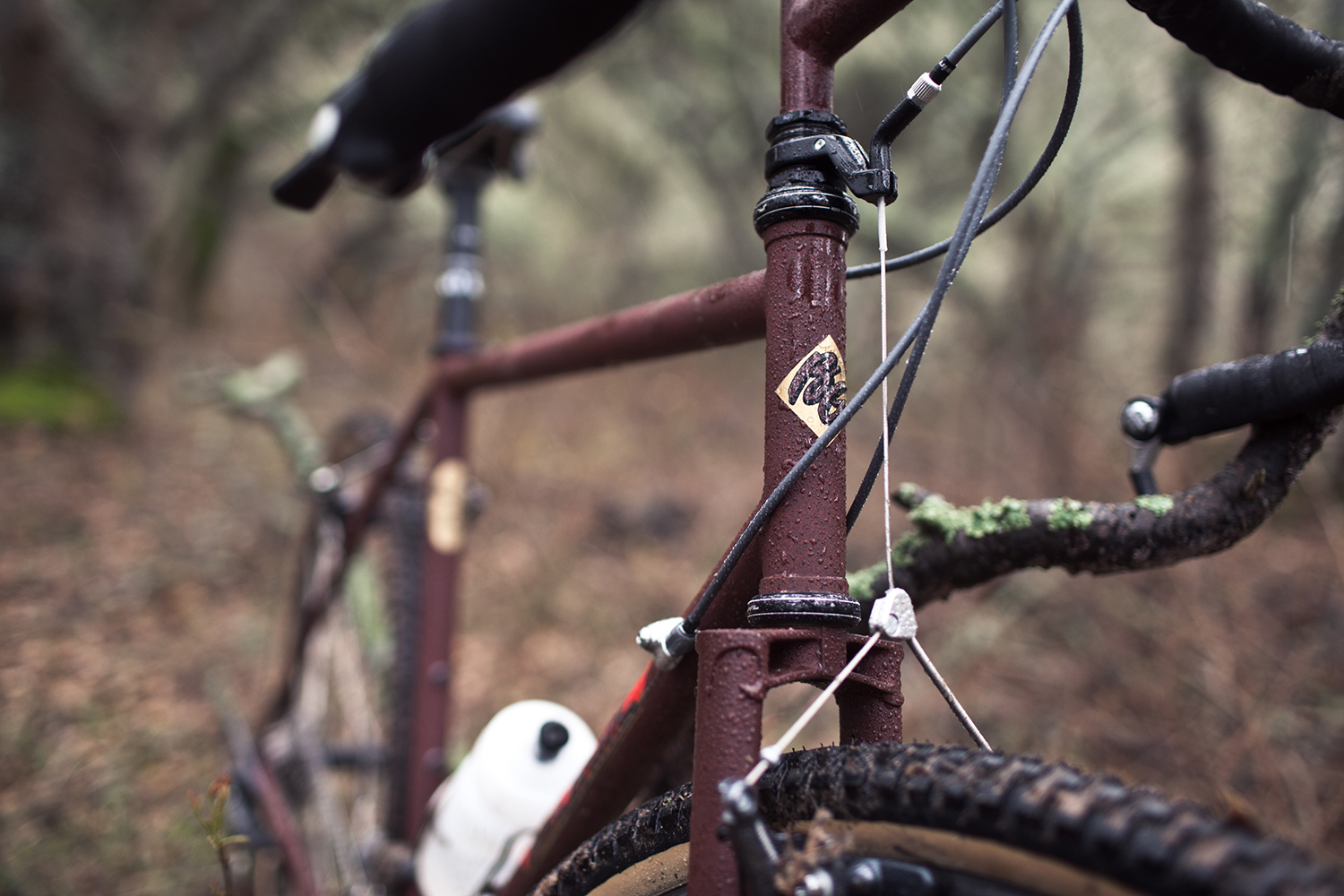
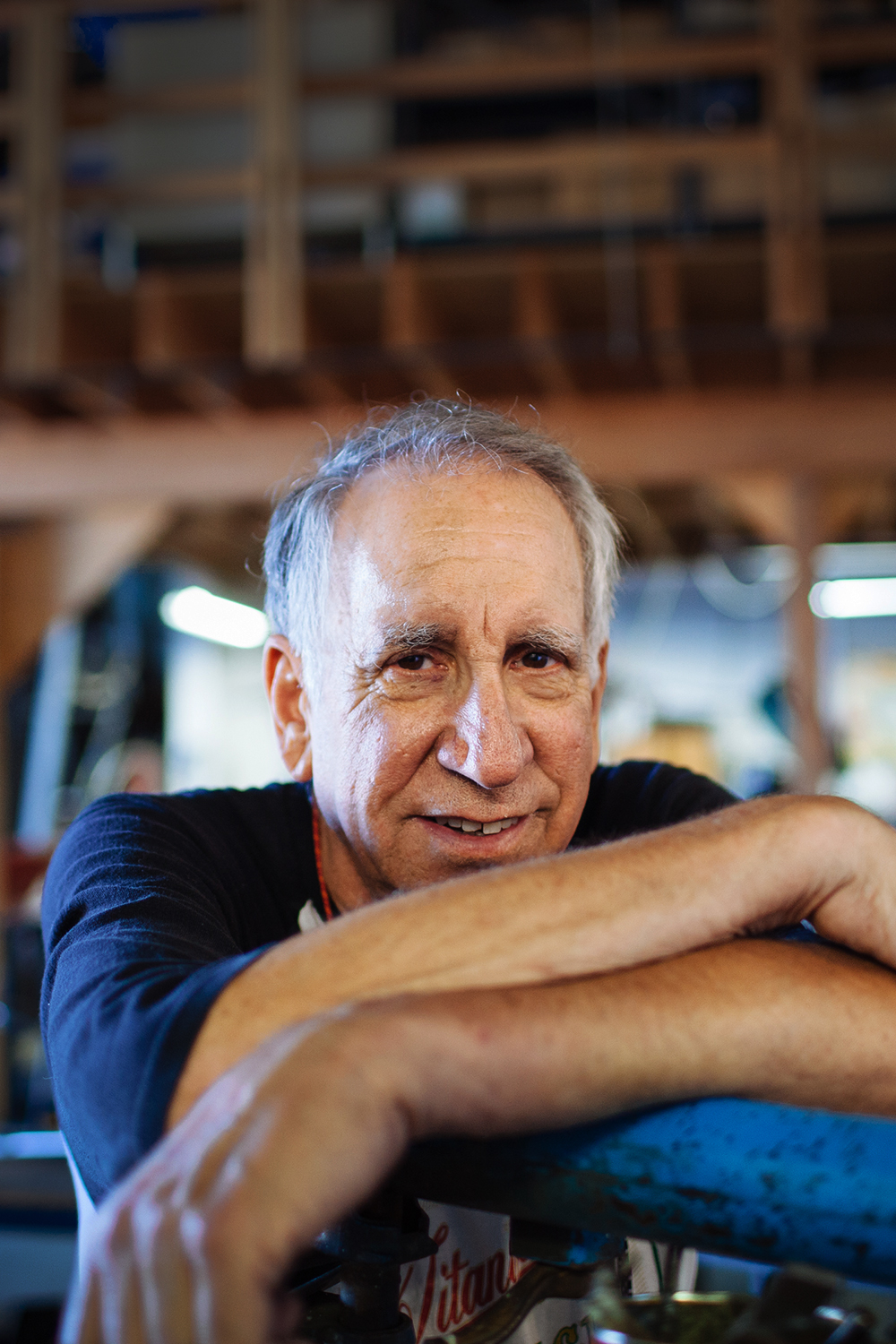
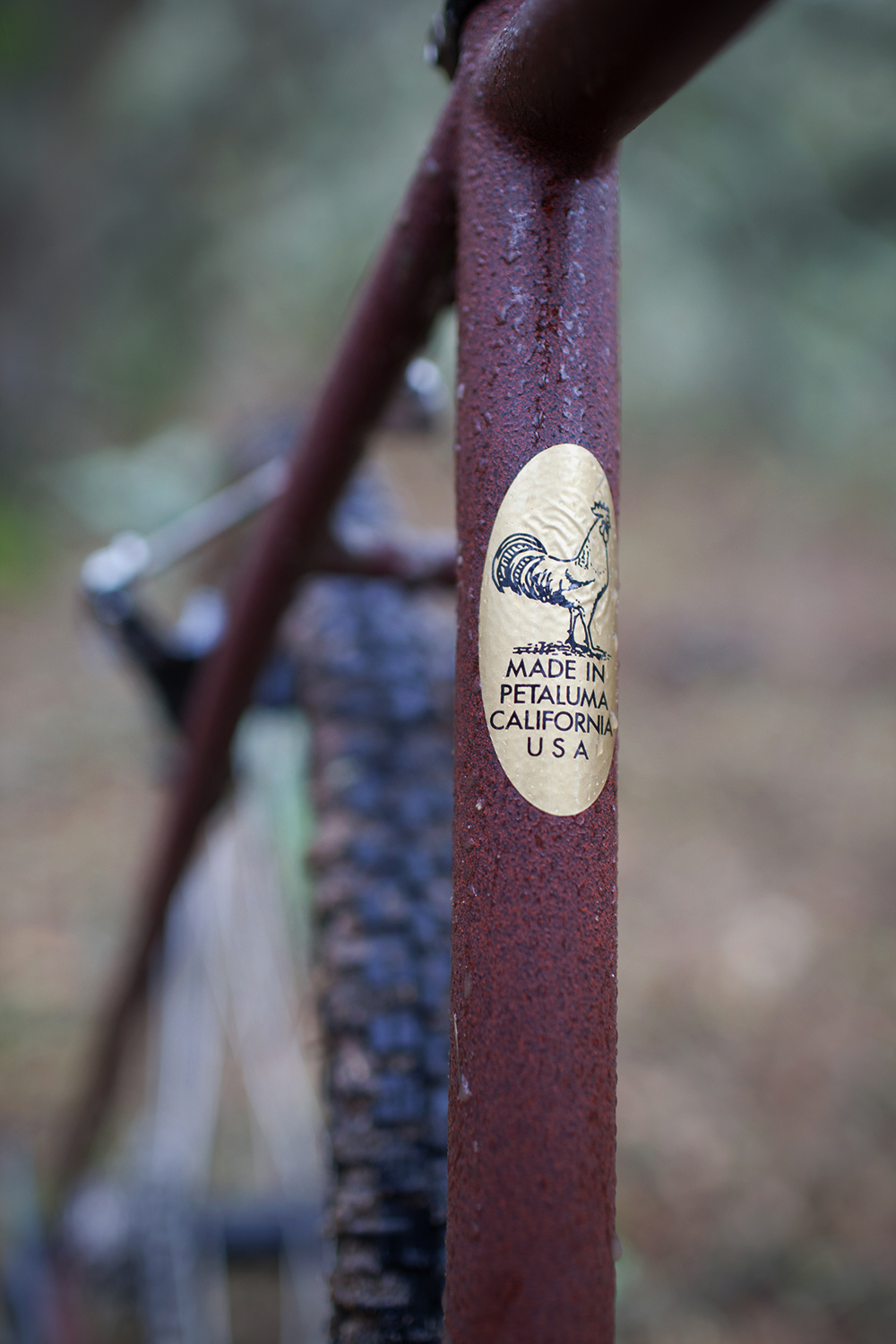
Bruce is a craftsman of the purest sort, sourcing his materials very carefully from the USA as much as is possible in the bike part world. The letters COO (which stand for Country of Origin) are very important to him, from making his bikes to buying blueberries in the market. It’s less about “buying American” than it is about ethical sourcing and cool hard quality. He believes strongly in quality, and anything less would be an insult to his craft.



He makes 8 sizes of his bikes, or he will make you a custom one. He sources his materials in the USA, chosen carefully for quality, not price, and puts it all together – welding, brazing, fabricating and painting – at his shop in West Petaluma.
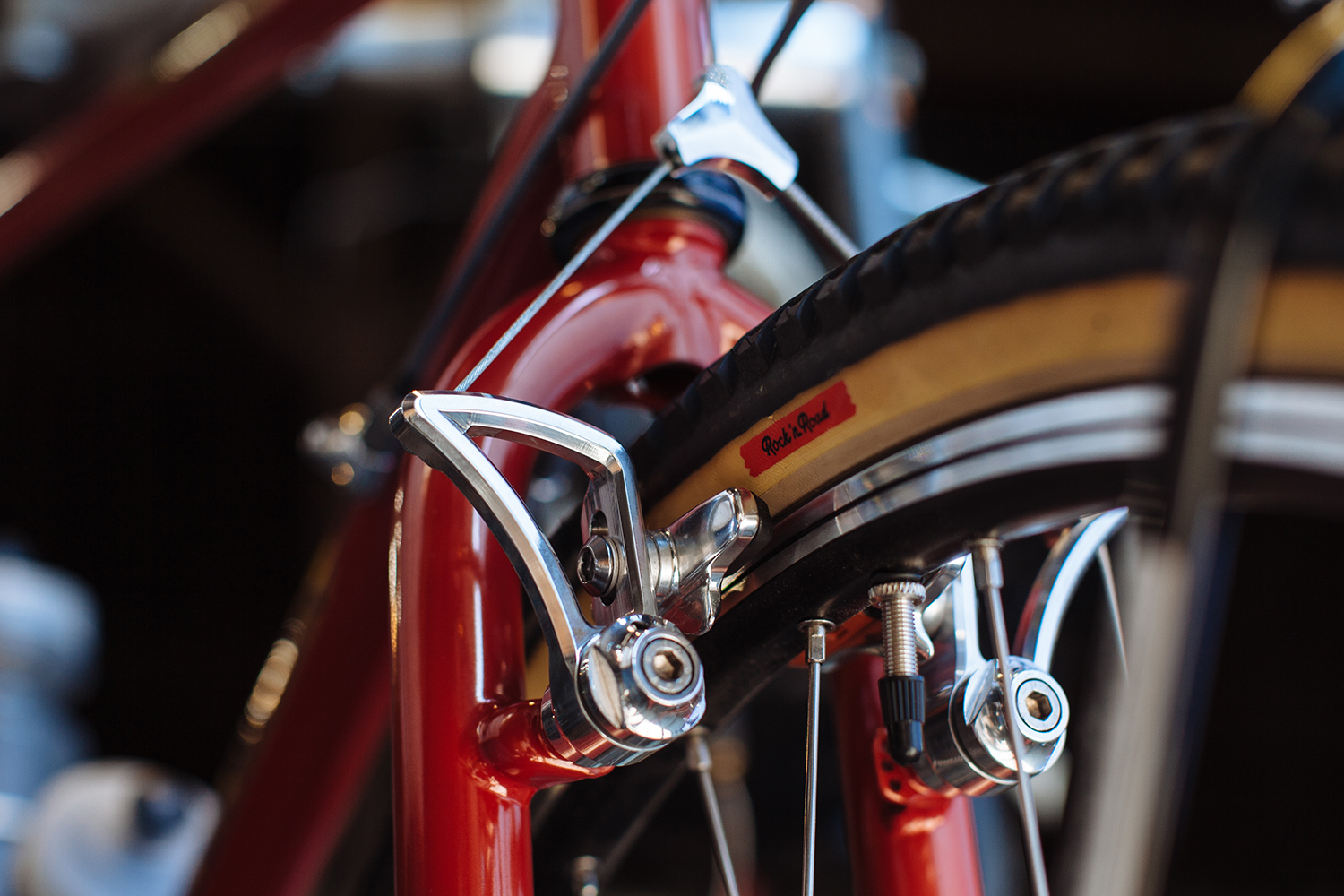

My favorite piece of machinery in his shop is a horizontal milling machine salvaged from a WW II era ship and looks like something out of Fritz Lang’s Metropolis. He has a newer one but it is broken and prohibitively expensive to fix. The older, more manual machine suits his needs just fine and serves to create lovely cuts of metal that adorn his bikes.
Bruce holds onto the original drawings of every bike he ever made. They are archived at his shop. So if you purchase a bike from a previous owner and want to know about its genesis, Bruce will look it up for you for a fee.
As a result of Bruce’s sourcing practices and in-house craftsmanship, a Bruce Gordon bike is the most American-made bike one can get (nota bene: there are no American manufacturers of tubing), and so it’s pretty cool this is happening in Sonoma County.
Bruce has plans for his shop and these include expanding his retail showroom and starting a new bike repair business. The full service repair shop is now open for business, and in Petaluma he is one of only two such operations for those seeking bicycle repair and refurbishing. Services include tune ups, customs wheel builds, suspension services and overhauls and complete refurbishing. Mirroring the passion for quality and service that Bruce infuses with every bike he creates, the Repair Shop, run by experienced biker Tim Nicholls, treats every customer with the same level of attention to detail and workmanship.
With this expansion into more retail and full service repair, Bruce hopes for Bruce Gordon Bicycles to be a destination stop for bike enthusiasts – a place to come and talk bike shop, and maybe get a chance to talk bike shop with one of the bike world’s iconic craftsman.
Visit him here at www.bgcycles.com, or better yet go visit him in person.
Making Pot Mainstream
It is called the “Apple Store of weed,” and for good reason. SPARC is one of San Francisco’s premier cannabis boutiques, and I’m there conducting field research. I have a deep curiosity about the consumer attitudes and behaviors shaping this soon-to-be $11 billion industry, as effectively harnessing them can mean the difference between success and failure for many new pot-based startups—and wellness for millions of prescription drug users.
Properly utilized, cannabis serves a higher purpose in our society, potentially improving millions of lives.
First and foremost, let me come out and say that I am a cannabis “patient,” as we are called. I have been using cannabis to control chronic pain for almost 15 years. I’ve spent time talking to medical professionals, touring cutting-edge R&D labs and grow facilities, testing products from tinctures to flowers and various edibles, and learning directly from experts about the latest cellular research and neurobiological approaches to helping control ailments including migraines, cancer, anxiety, Alzheimer’s, and post-traumatic stress.
Take the pain relief category, for instance. Did you know that Americans now consume more than 84% of the entire worldwide supply of oxycodone and almost 100% of hydrocodone opioids? Some 1.9 million U.S. citizens are medically classified as “addicted” to prescription pain relievers, while 47,055 died from lethal prescription drug overdoses in 2014 alone.
On the other hand, states with medical cannabis laws had a 24.8% lower mean annual opioid overdose mortality rate compared with states without medical cannabis laws. That’s almost 12,000 so-called potheads like me who didn’t die last year because their states allowed them to seek a safer alternative.
My personal experience with cannabis and the industry behind it has transformed me from a patient into a full-fledged advocate. In my view, cannabis is much more than a stoner’s pastime or a vice replacement for tobacco and alcohol (though it’s definitely those things, too). It is also a cause worth fighting for. Properly utilized, it serves a higher purpose in our society, potentially saving and improving millions of lives. And yet, as much as people love to bet on “green rush” hype, serious obstacles stand in the way of mainstream acceptance and adoption.
For one thing, the “gateway drug” stigma still exists, even though the latest scientific research proves that such a perception is wrong. Then there’s the anti-bud lobby, which is generously funded by pharmaceutical companies that sell opiates. Finally, there’s a lot of federal red tape tying up cannabis research and making legalization harder for states to achieve.
Indeed, the cannabis movement is fighting an incredibly high-stakes battle. So it’s up to the cannabis industry—growers, researchers, product developers, budtenders, store owners, campaigners, and patients like me—to break through resistance with a message that more people can personally relate to and rally behind.
It’s up to the cannabis industry to break through resistance with a message that more people can personally relate to and rally behind.
As a communications professional, I know that the success of any social issue campaign requires an intimate understanding of the target audience. So I can’t help but wonder: Who are the cannabis users that will tip the scales toward mainstream adoption and legalization? What prevailing attitudes drive their current decisions and loyalties? How passionately do they feel about cannabis as a cause, and how can we best activate them en masse?
These are the questions I need answers to. Hence, my field research.
The patient experience at SPARC is impressive. The space is occupied by elegant cases, warm lighting, and communal tables. They serve tea; they provide Storz & Bickel vaporizers. The environment feels clean, cozy, yet medically oriented. As I sat there inhaling the pungent atmosphere, I observed the steady flow of patients walking in and out, noting that the vast majority weren’t the stoner twentysomethings or the degenerates that GOP leaders portray in speeches, but working professionals over the age of 35. Several were in their sixties. Almost half were female; the majority shopped alone.
The tremendously knowledgeable and attentive budtenders had serious influence over what brands and products people bought, much more so than in the average pharmacy, coffeehouse, or neighborhood bar. And unlike with alcohol or prescription drugs, cannabis patients seem to want to experiment with a range of different treatment options, finding the combination that works best for them. Therefore, patients took their time and asked a lot of questions. Each transaction lasted approximately eight minutes, and in those eight minutes, patients were curious to learn and open to suggestions. Patients spent liberally, often walking out with a month’s supply.
It’s not a scientific study, but my field observations, backstage tours, and expert interviews lead me to the conclusion that much of the cannabis industry—in particular, the organizations and brands hoping to inspire mainstream support—need to take a different approach to building and promoting their cause. Much has been written about how cannabis is now a lifestyle, not just a substance, and should be marketed as such. In light of how important I believe cannabis is to public wellness and well-being, I’d take that ethos several steps further.
Here, in my view, are the keys to cutting past the stigma, countering the anti-legalization lobby, and making cannabis mainstream:
1: HARNESS THE POWER OF WOMEN
If you look more broadly at the consumer market, you will notice that women wield outsized influence. They are the world’s most powerful consumers, driving 70% to 80% of all purchasing decisions. Women also consume the vast majority of opiates sold today. They comprise the majority of the nation’s prescription drug addicts and are at a significantly greater danger for accidental overdose. Despite these facts, most cannabis brands skew masculine. Their packaging, brand names, and delivery mechanisms cater to the interests, preferences, and consumption patterns of white male users—”connoisseurs,” I’ve heard them called. Advocacy groups often make the same mistake, marketing primarily to male doctors. Knowing how to better reach and resonate with a female audience is integral to winning this war. Women need cannabis more than any other group. They are the industry’s tipping point.
3: EDUCATE PEOPLE ABOUT WHY CANNABIS MATTERS
Why does the world need cannabis now more than ever? A shocking number of cannabis brands and organizations leave this story out of the communications equation, even though it is by far the most compelling reason why people should buy products and support the cause. It is a natural antioxidant, anti-inflammatory, and neuroprotective agent, which is why it helps treat such a wide range of ailments. More people need to know the facts, and thankfully some brands are helping to lead the charge in that arena. Alta California Botanicals and Care by Design both do an exceptional job of educating consumers about the medical uses and healing properties of cannabis. So if you’re in this space to make a difference, take a cue from these two companies and share your research and knowledge with the world.
4: INSPIRE PEOPLE TO TAKE ACTION
Cannabis isn’t just an industry, it’s also a crusade, which is why using provocative content and storytelling is a mission-critical move. I am reminded of the filmmaker and environmental activist Shaun MacGillivray, who released a documentary he shot in the Arctic in 2012 featuring a mother polar bear and her two cubs. Rather than regurgitating depressing facts and figures about climate change the way so many activist groups do, MacGillivray moved the audience to action. Over 25 million people saw MacGillivray’s film, including policy makers and world leaders. While you don’t have to produce a feature-length film or spend millions to make an impression, you do have to take a creative approach to connecting with people on an emotional level. Make them feel how important this issue is—not just to them, but to all humanity.
It is striking to consider how cannabis might be the next same sex marriage. Just look at how quickly it has evolved from an interesting topic of cocktail party conversation into the fastest-growing industry in America. Note how, all of a sudden, 58% of Americans support legalization, and how deftly the issue is leveraged in the 2016 presidential race. At this point, it is difficult to imagine that any serious business or political leader hasn’t considered the implications, or at least spent time getting high on the possibilities.
Built to Last, circa 1920
One word: Chickens. So, if you were a chicken rancher, made wealthy by selling your wares down the Petaluma River to San Francisco and beyond, and you wanted to build a new house to suit your family’s status, first, you hired an architect. And not just any architect…a sophisticated and highly skilled architect that you could trust to design the stateliness you sought. In Petaluma, this meant Brainerd Jones, or for a few lucky properties (5 in all) Julia Morgan.
In Katherine Reinhart’s book “Petaluma: a History in Architecture” it is suggested that an incredible 80 percent of the buildings in the city’s historic west side core have been designed by Jones-although many have been lost to redevelopment.
Brainerd Jones

Typical Jones details of the 1905-1920 period, seen in dozens of houses throughout town, include roofs that flare out at the end like Chinese pagodas, giving even his most Eastern of Colonials a curious Asian flavor. Dormer roofs often flare as well, and he loved paired dormers and heavy window boxes.
Other Jonesian motifs include X-shaped window patterns found in porch and dormer windows, three-dimensional pyramidal beam ends in fireplaces and cabinets, bands of windows a la Frank Lloyd Wright prairie style and small windows sandwiching larger windows. These motifs are prolific throughout buildings of the period, whether they were actually designed by Jones or by a copycat.
His brick houses of the 1920s, several of which line stately, tree-lined D Street are wonderful compositions of arches, turrets, arcades and gables. One of Jones’ notable houses boasts a crenellated corner-oriented entryway, and windows that vertically span the two-story living room complete with a Juliet balcony and elegantly ample brick fireplace.
Jones designed many commercial buildings as well including the Carnegie Library, the Silk Mill and the Opera House building in the heart of Petaluma’s downtown.





Julia Morgan

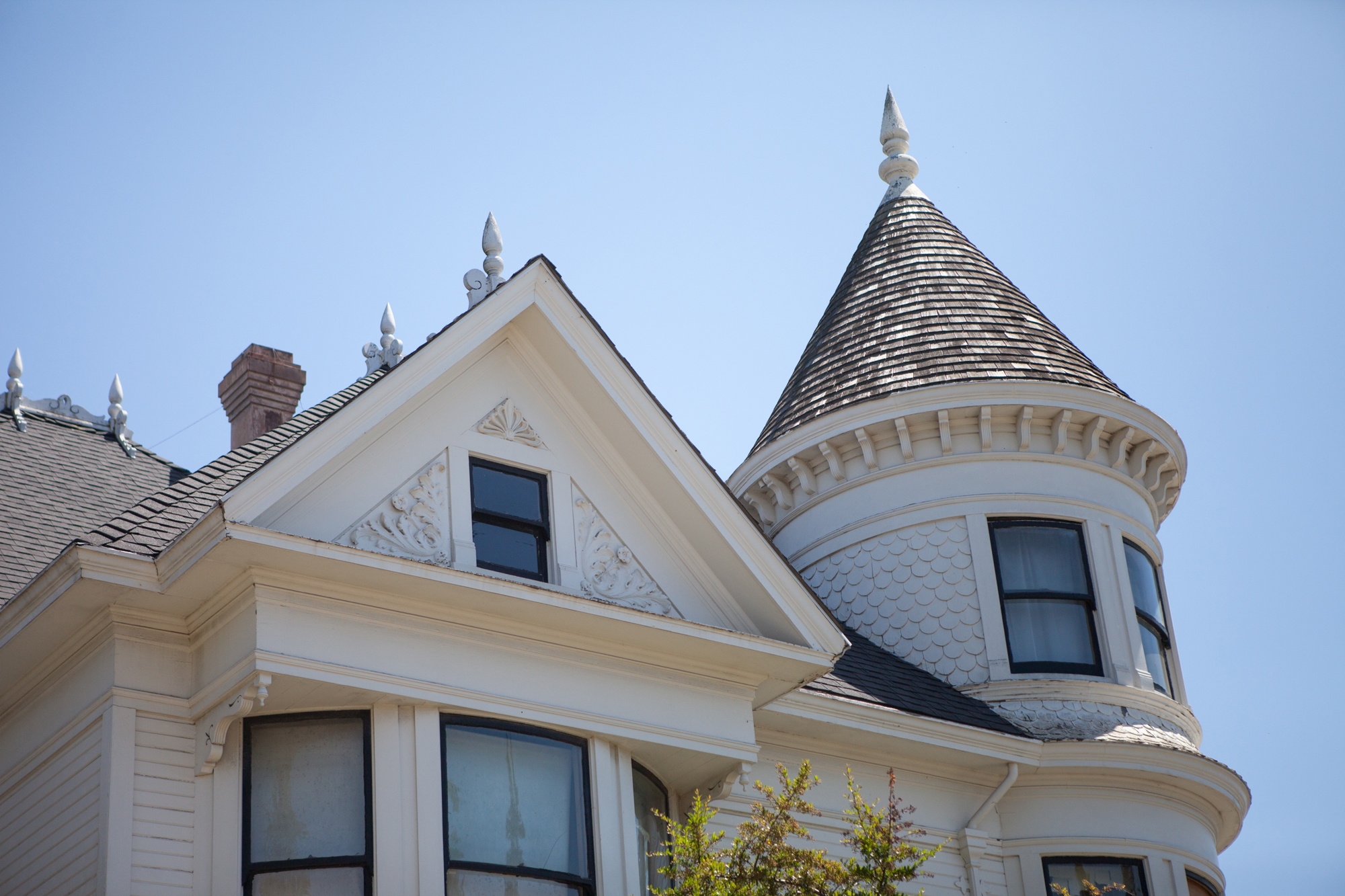
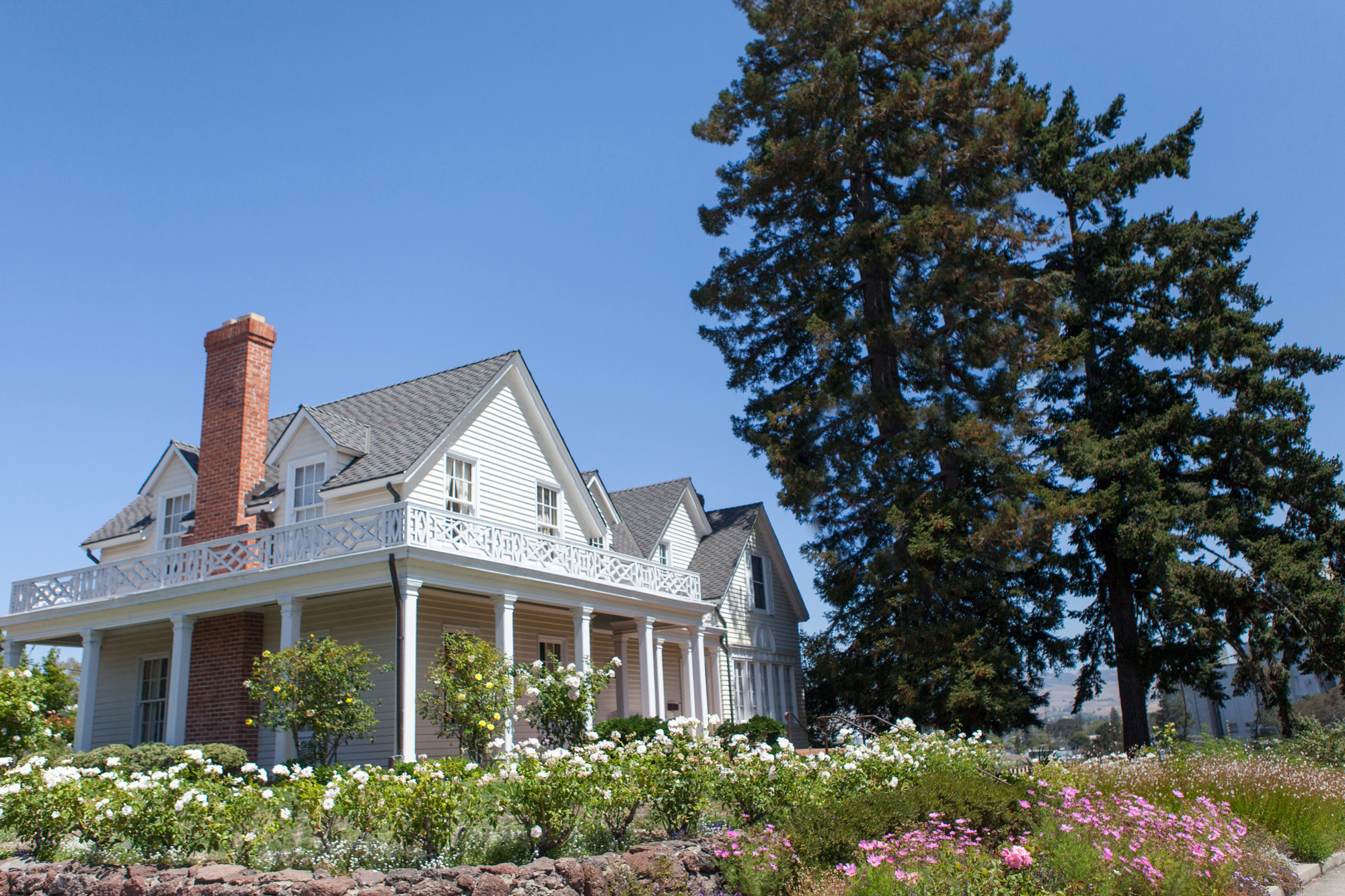
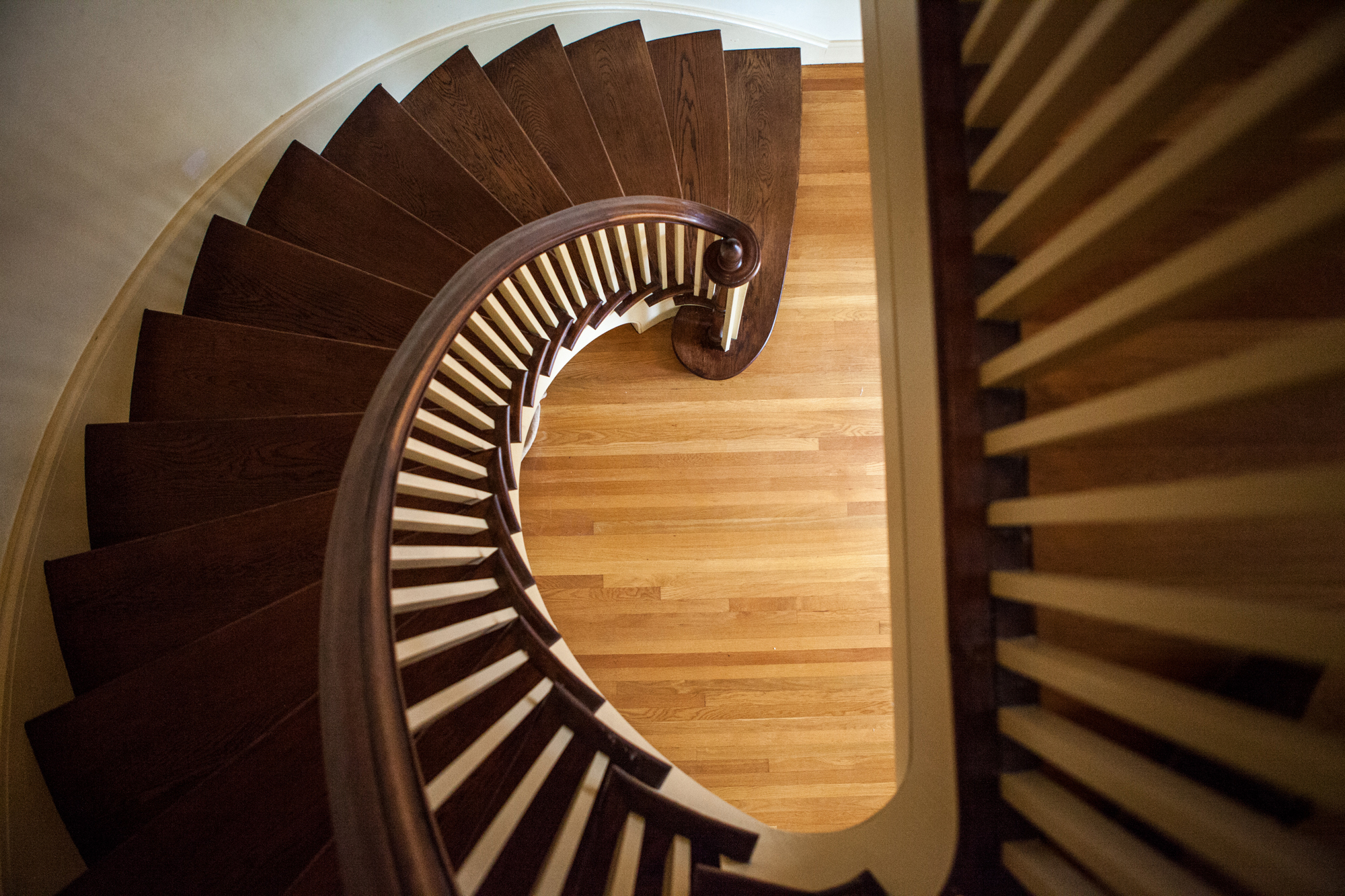
We are lucky to have such works of art in our midst. Significant to the history of Petaluma, to the Architecture of the time and to their examples of craftsmanship at its best.

